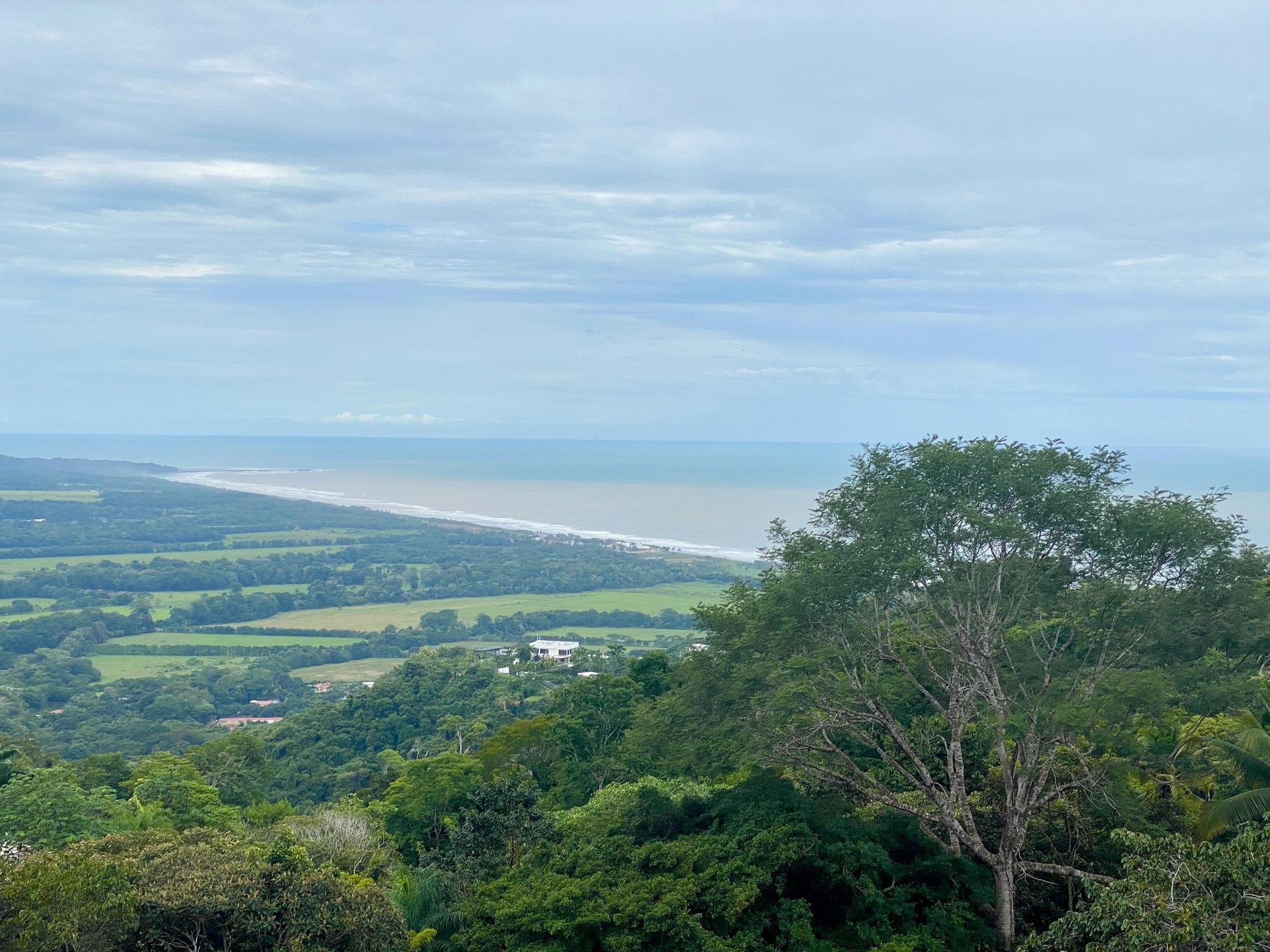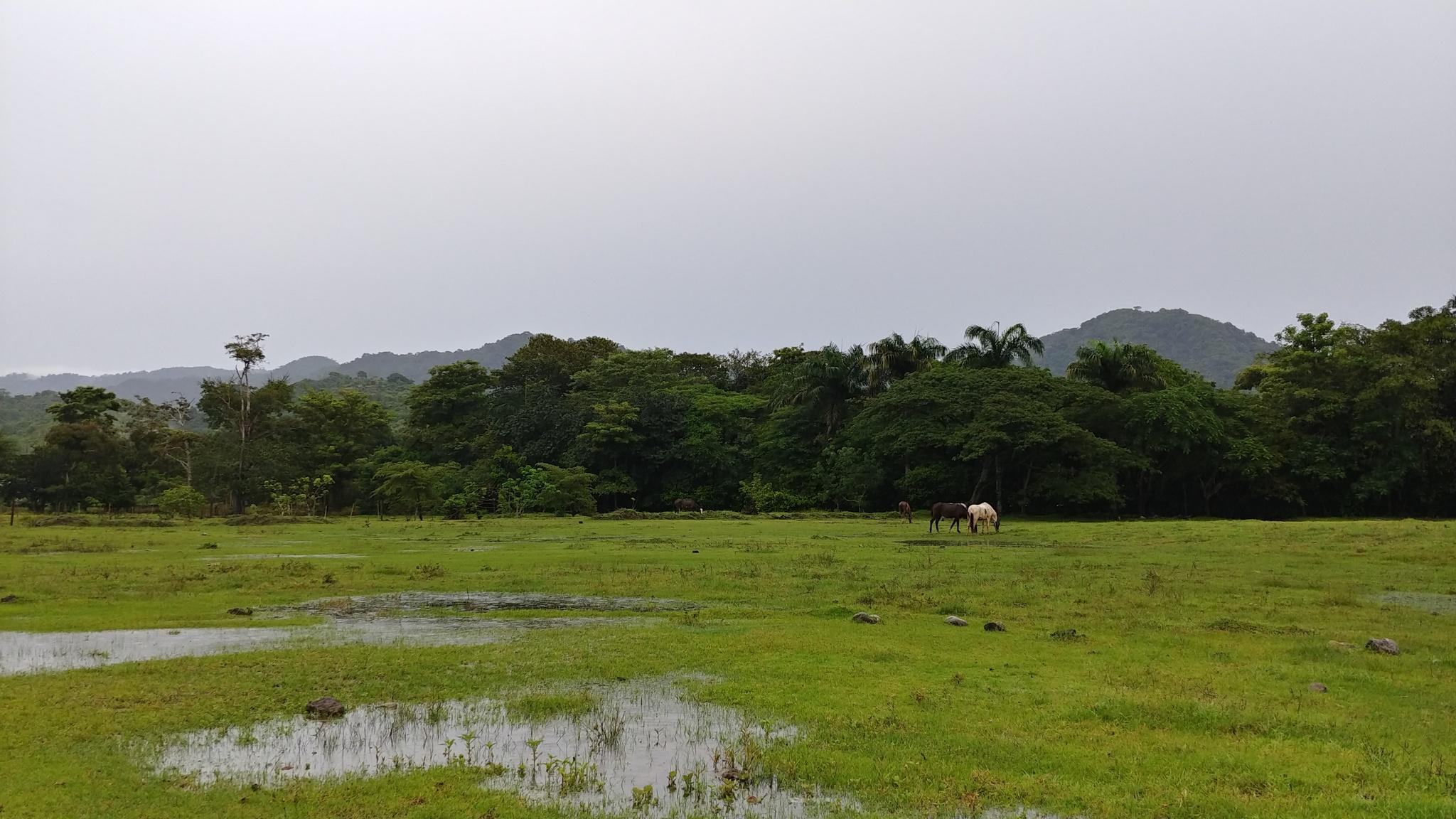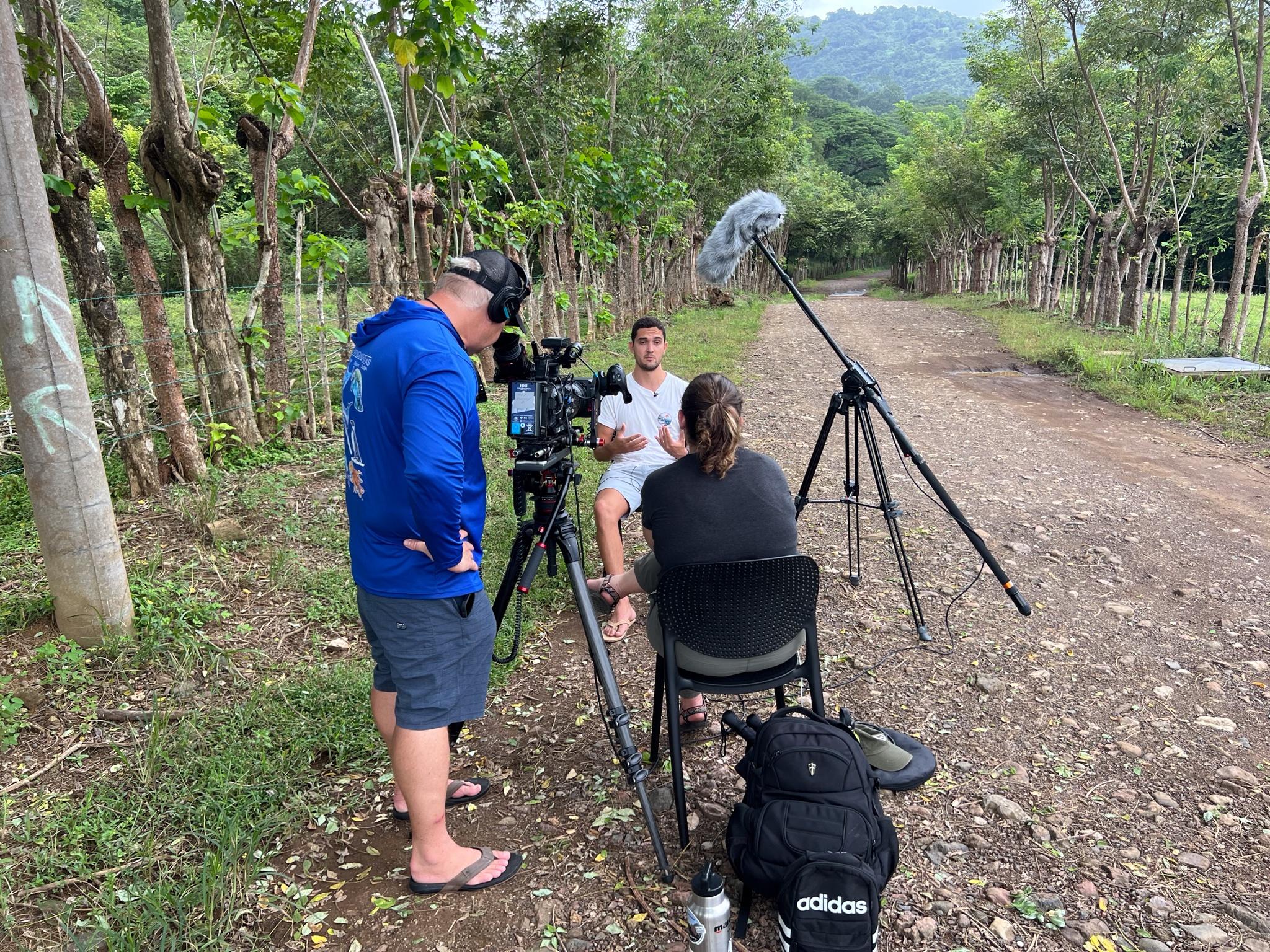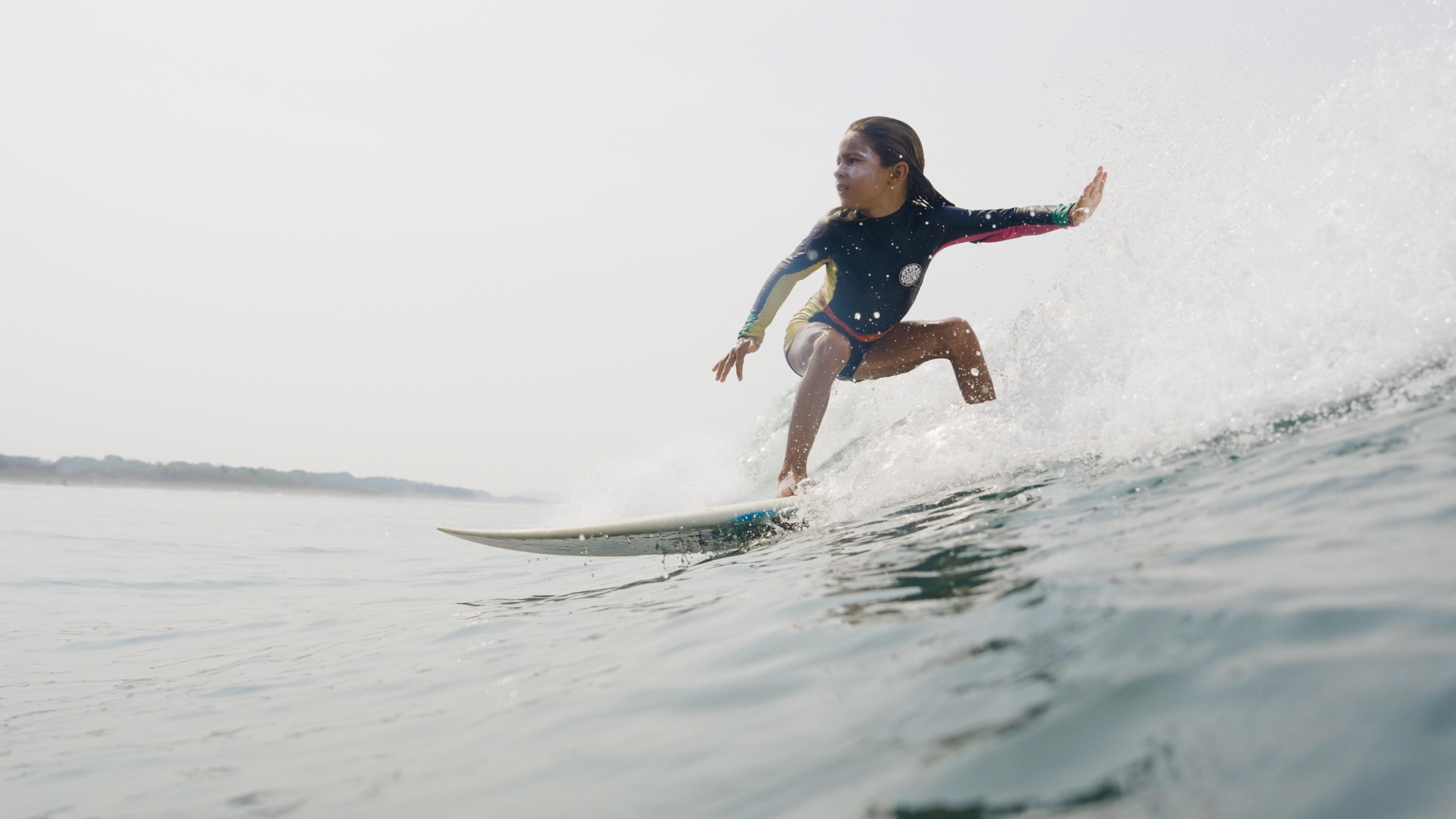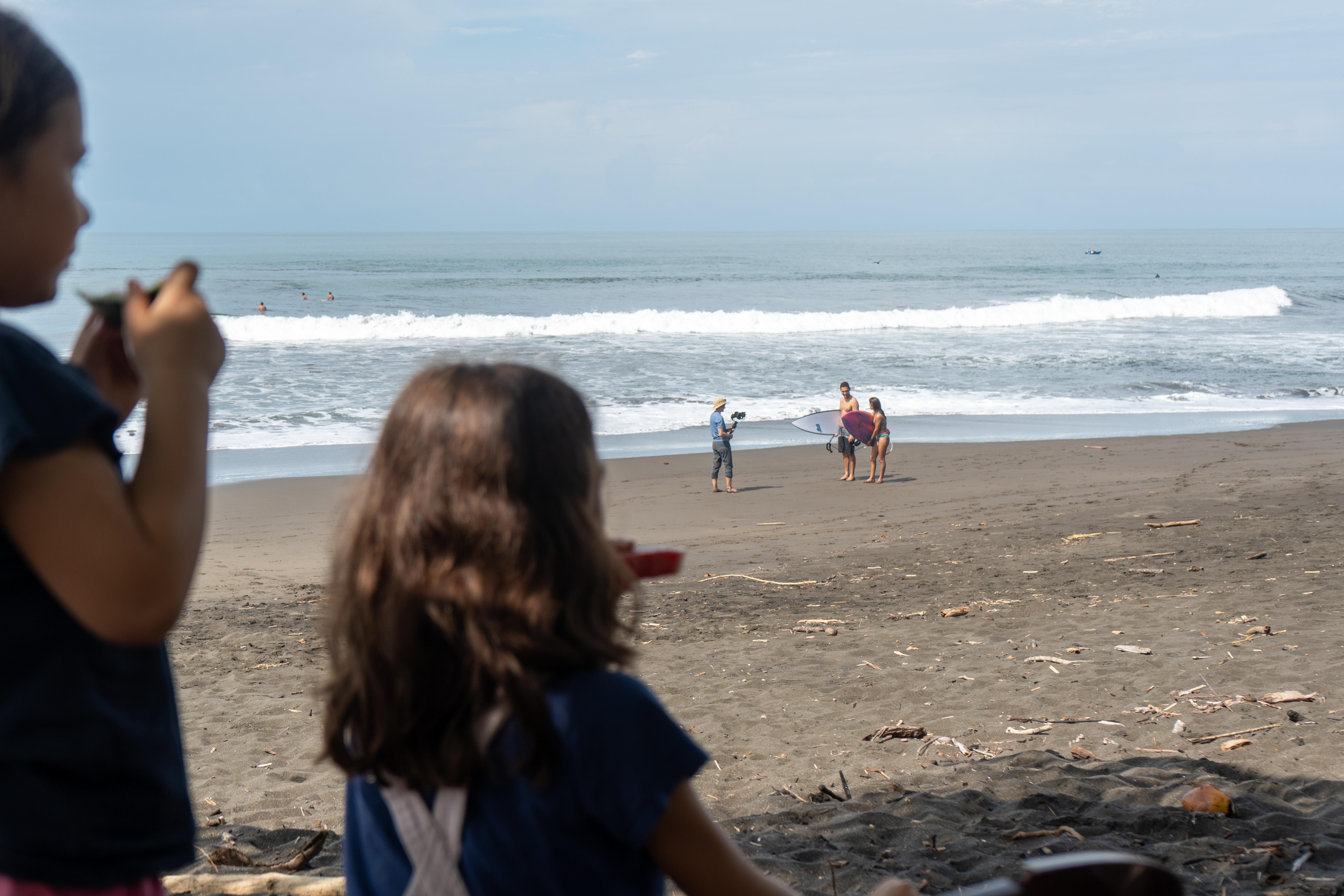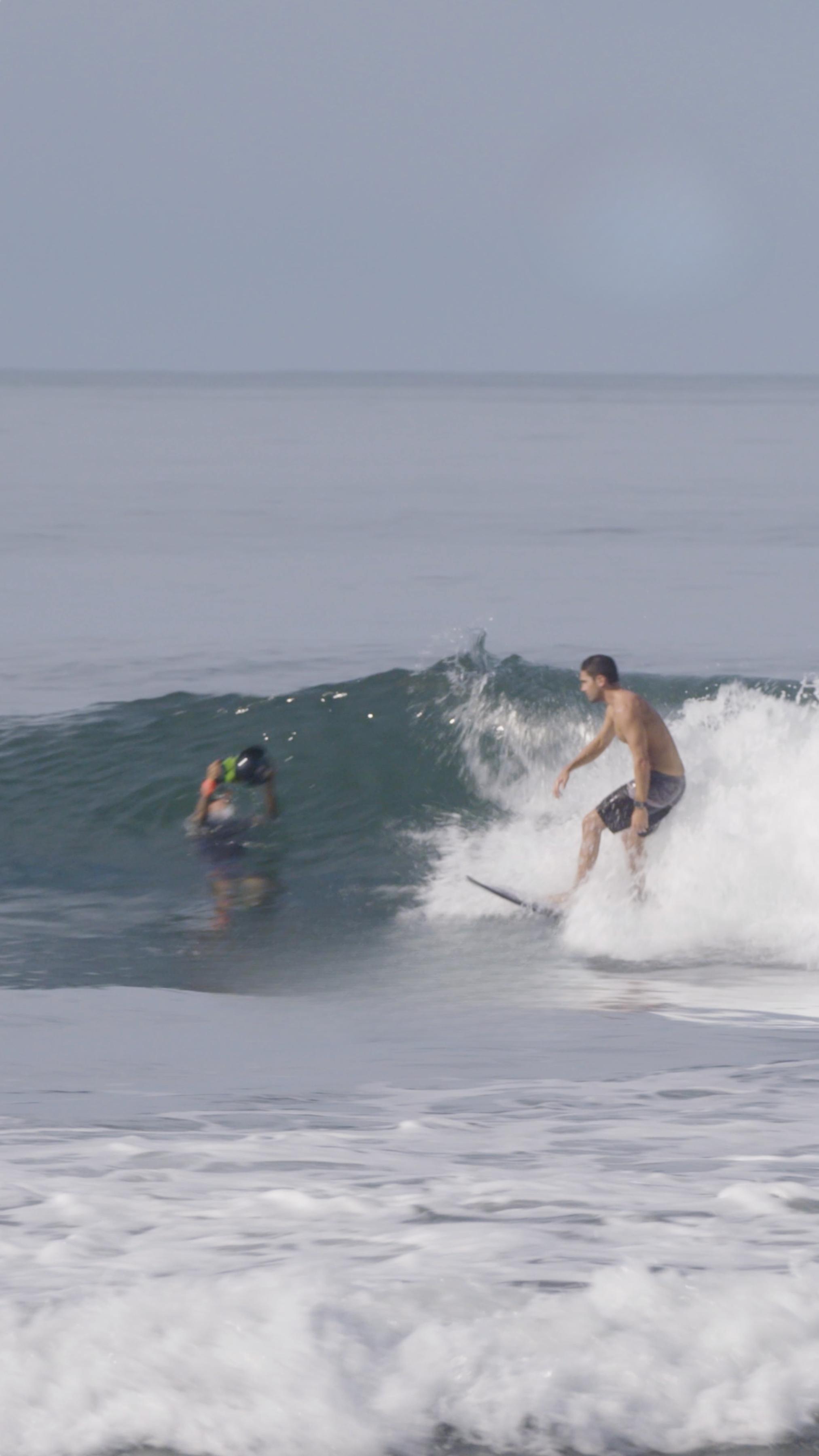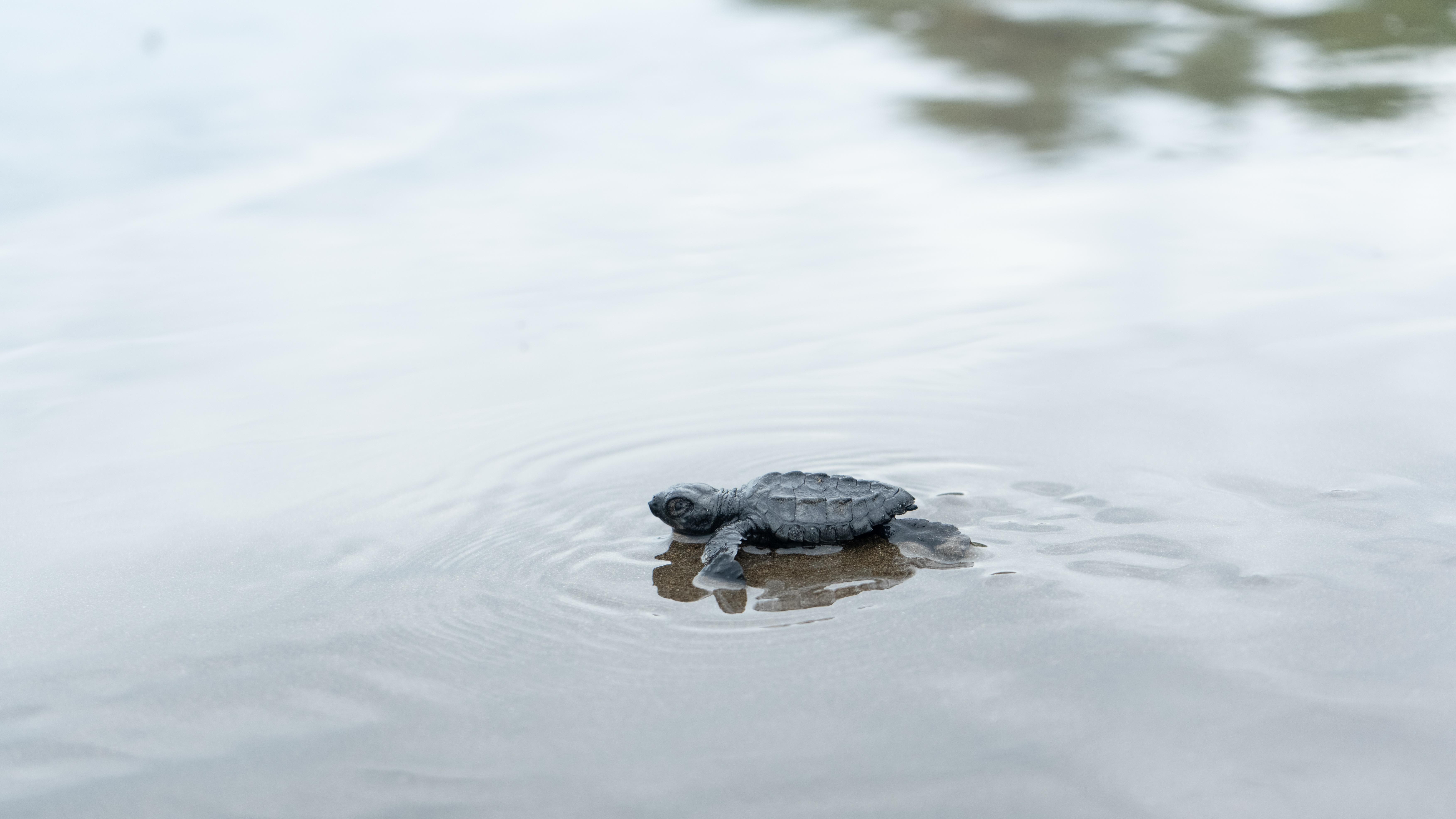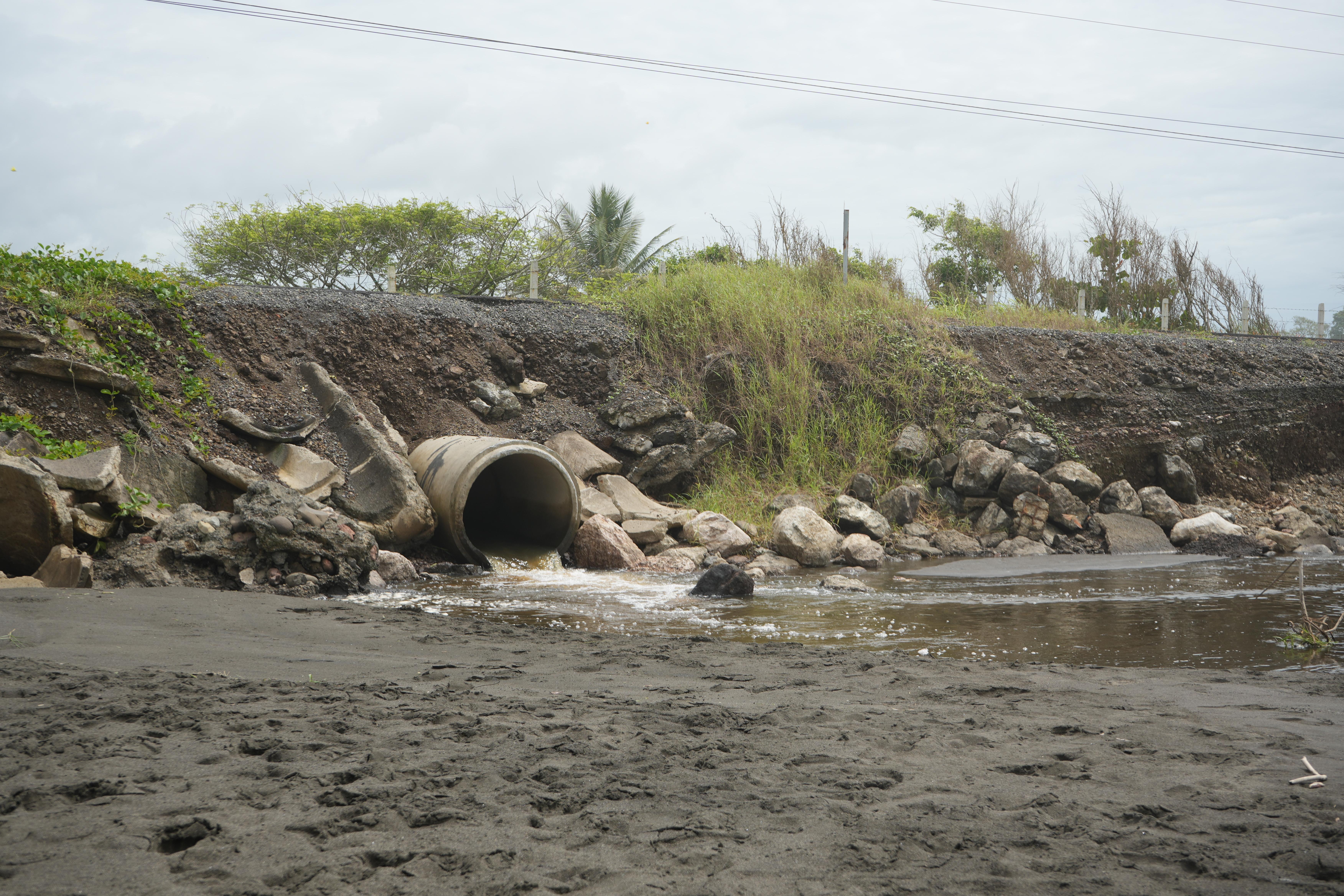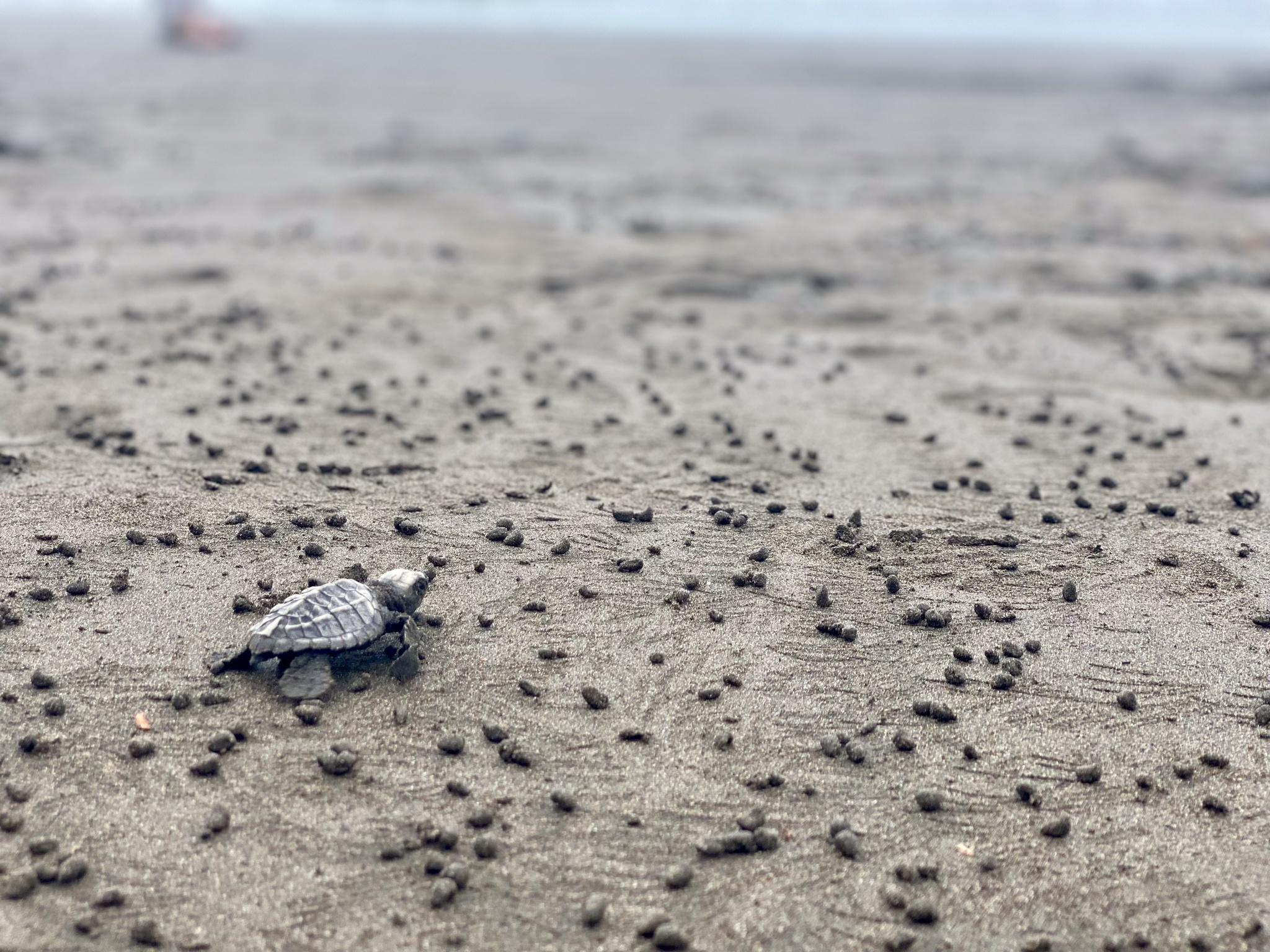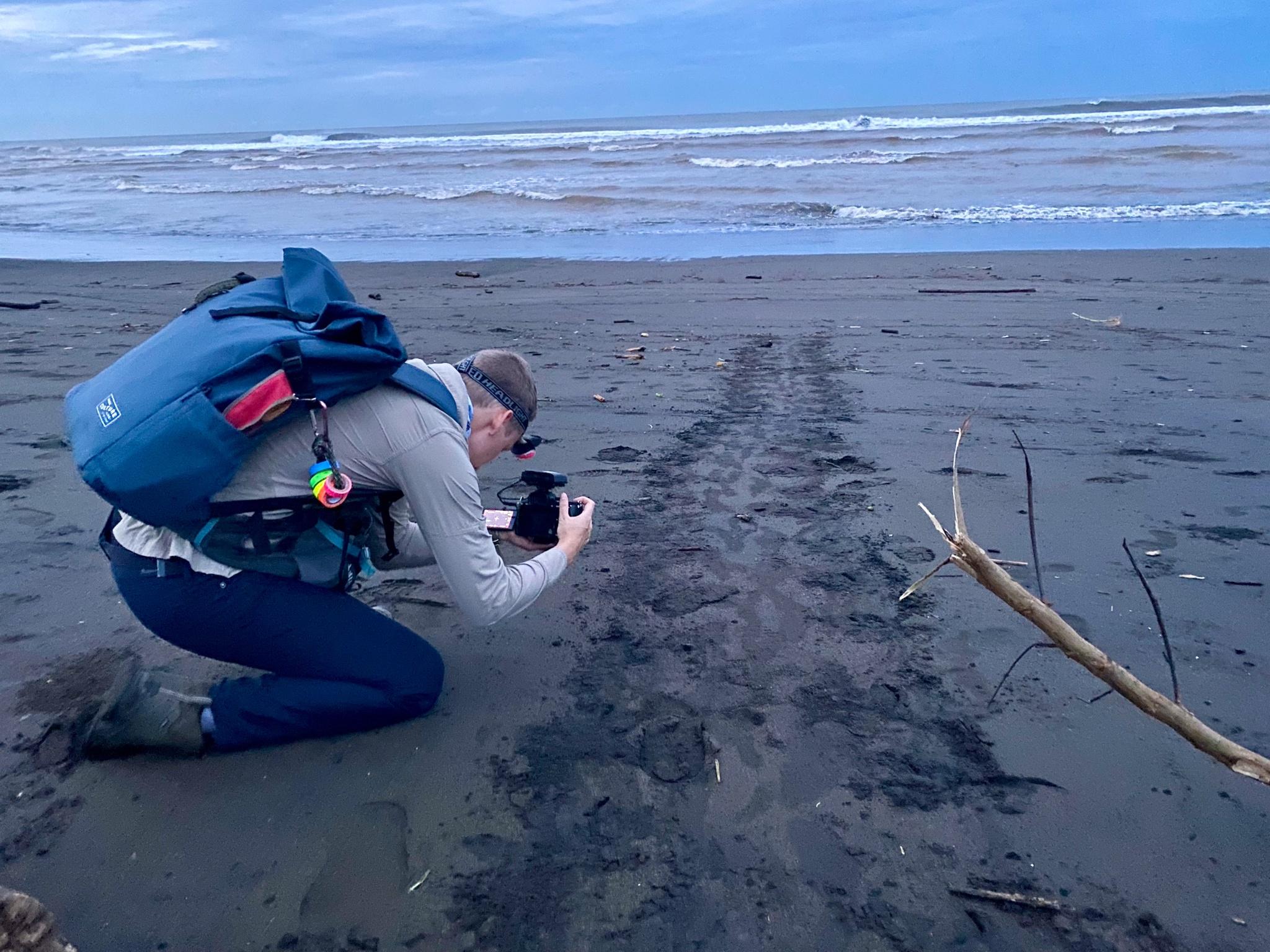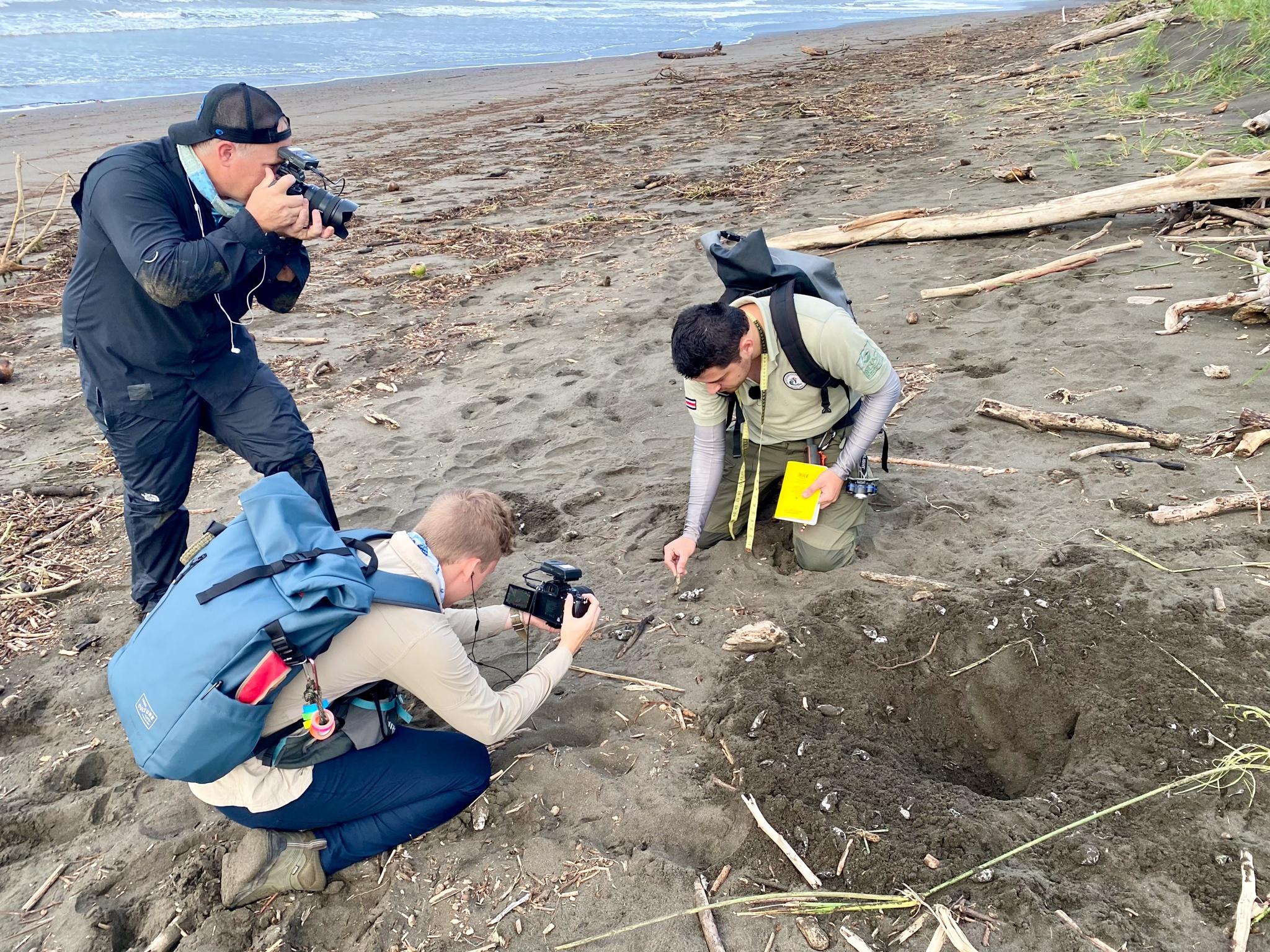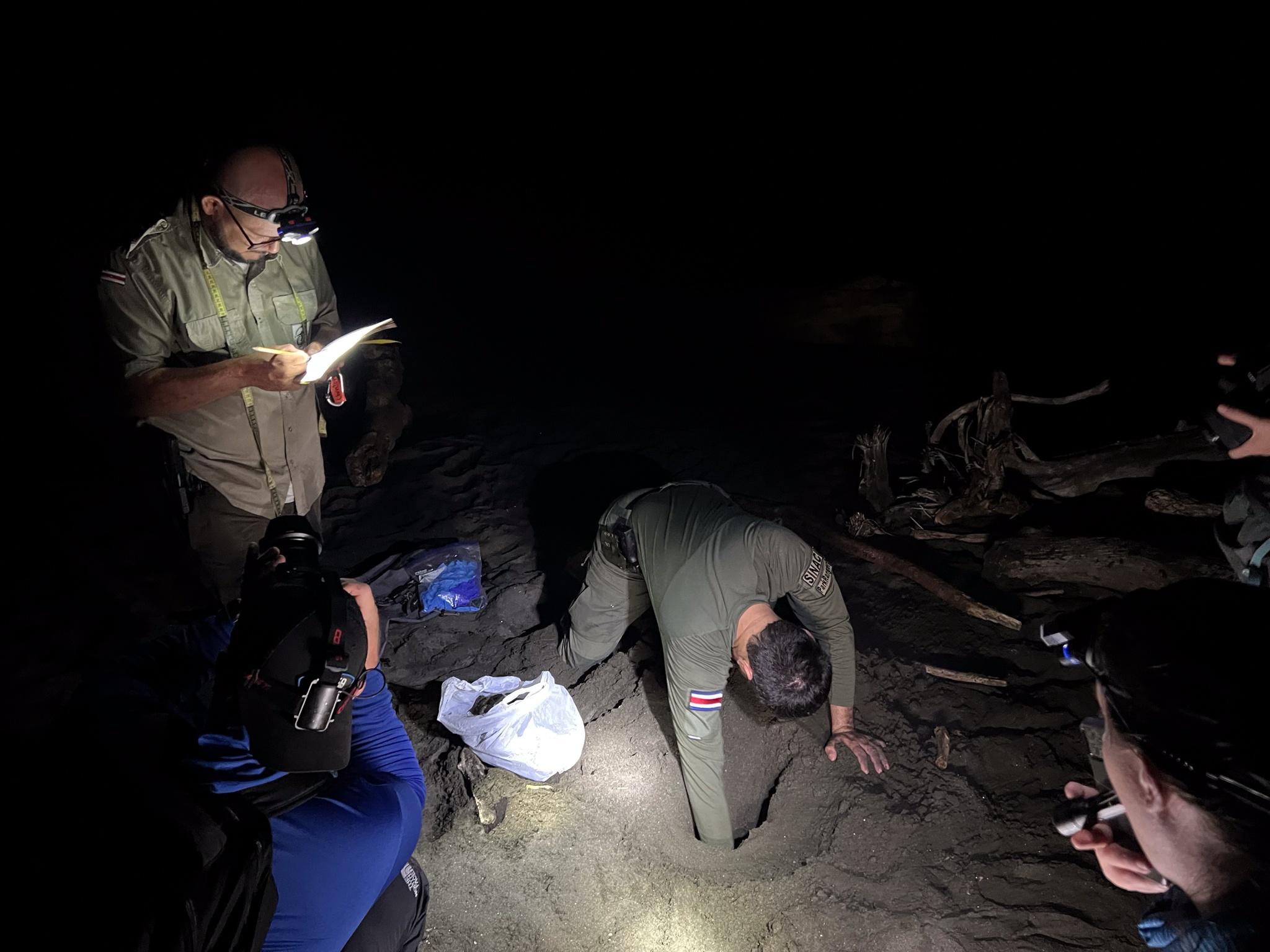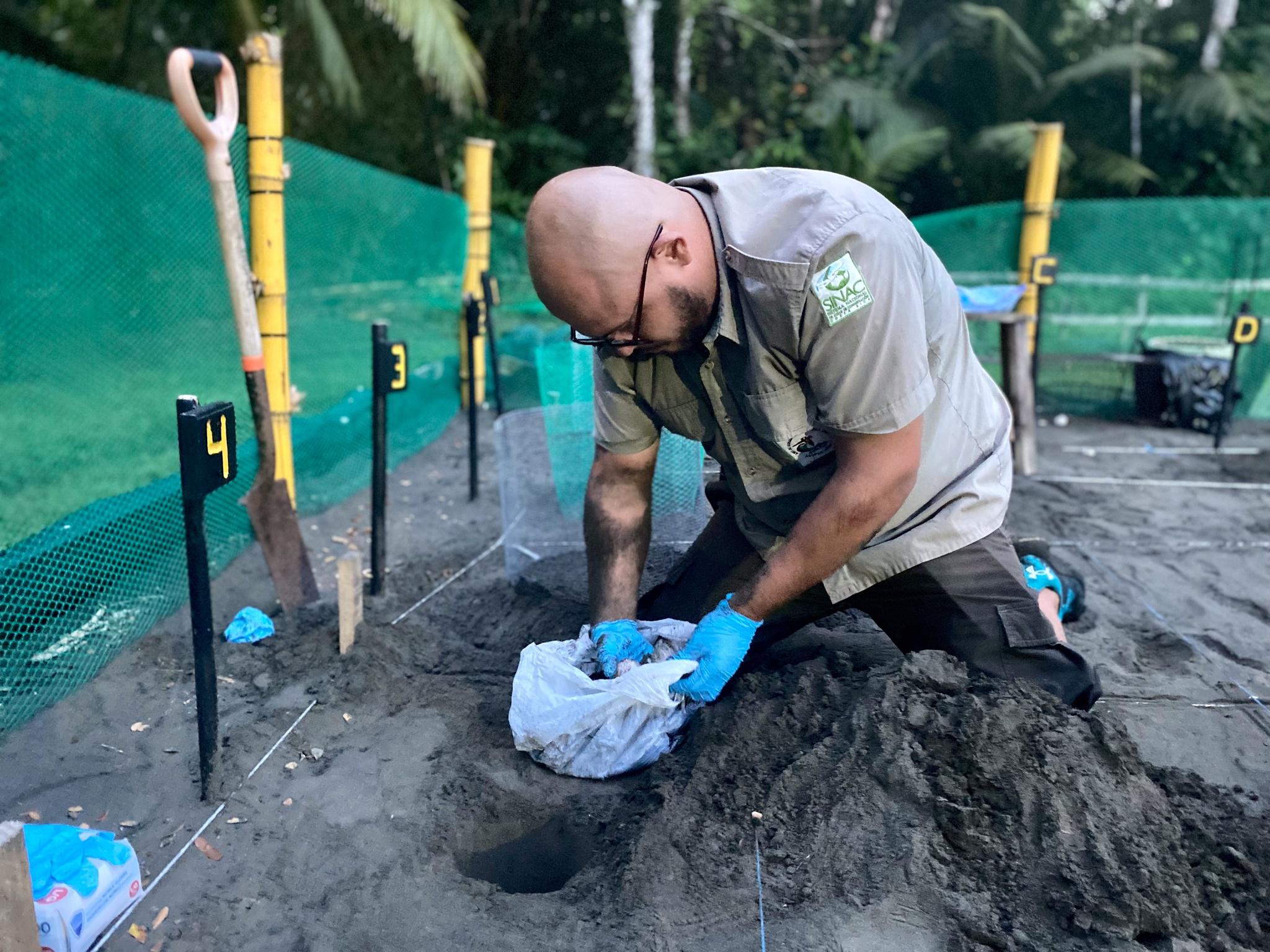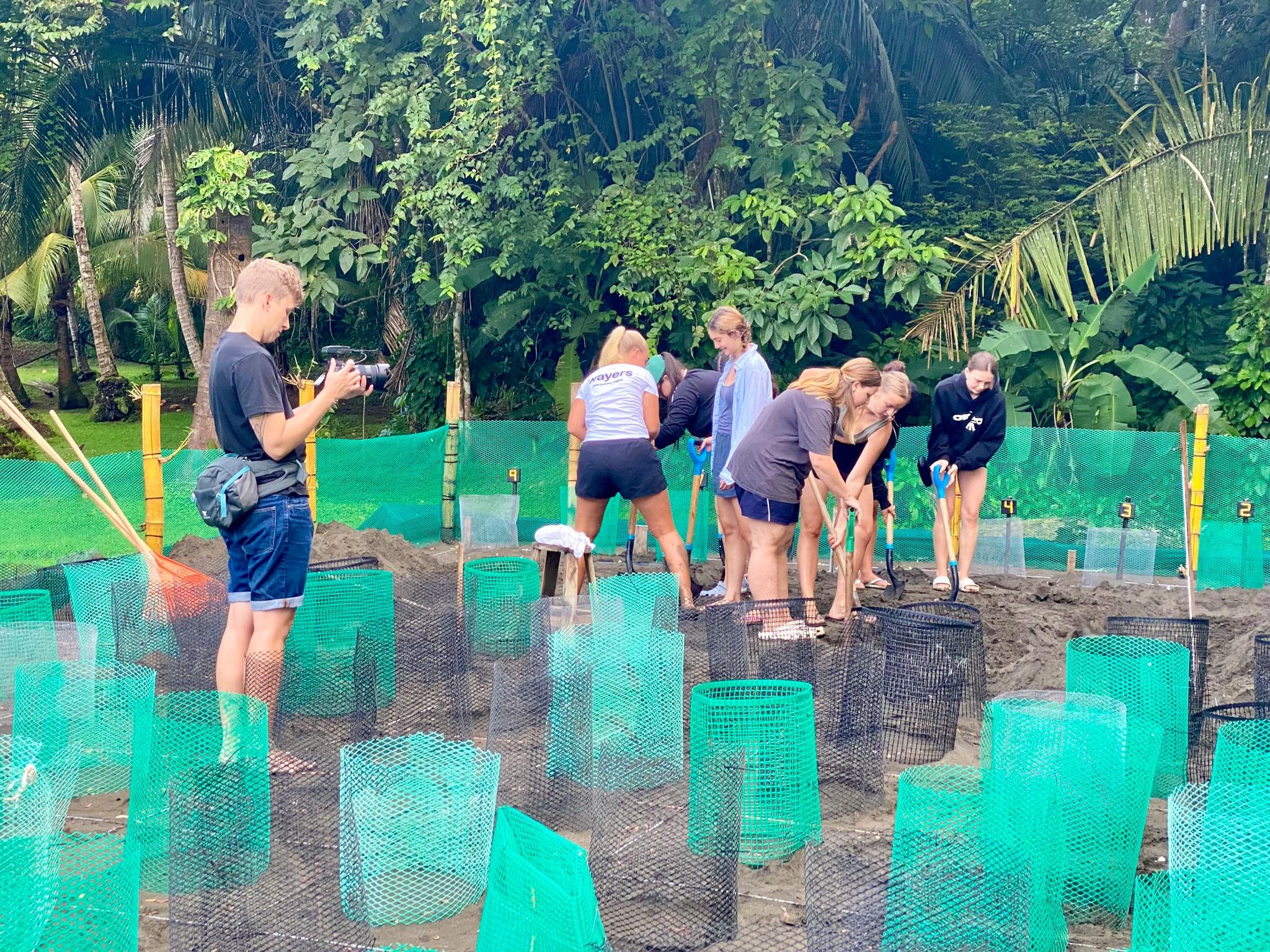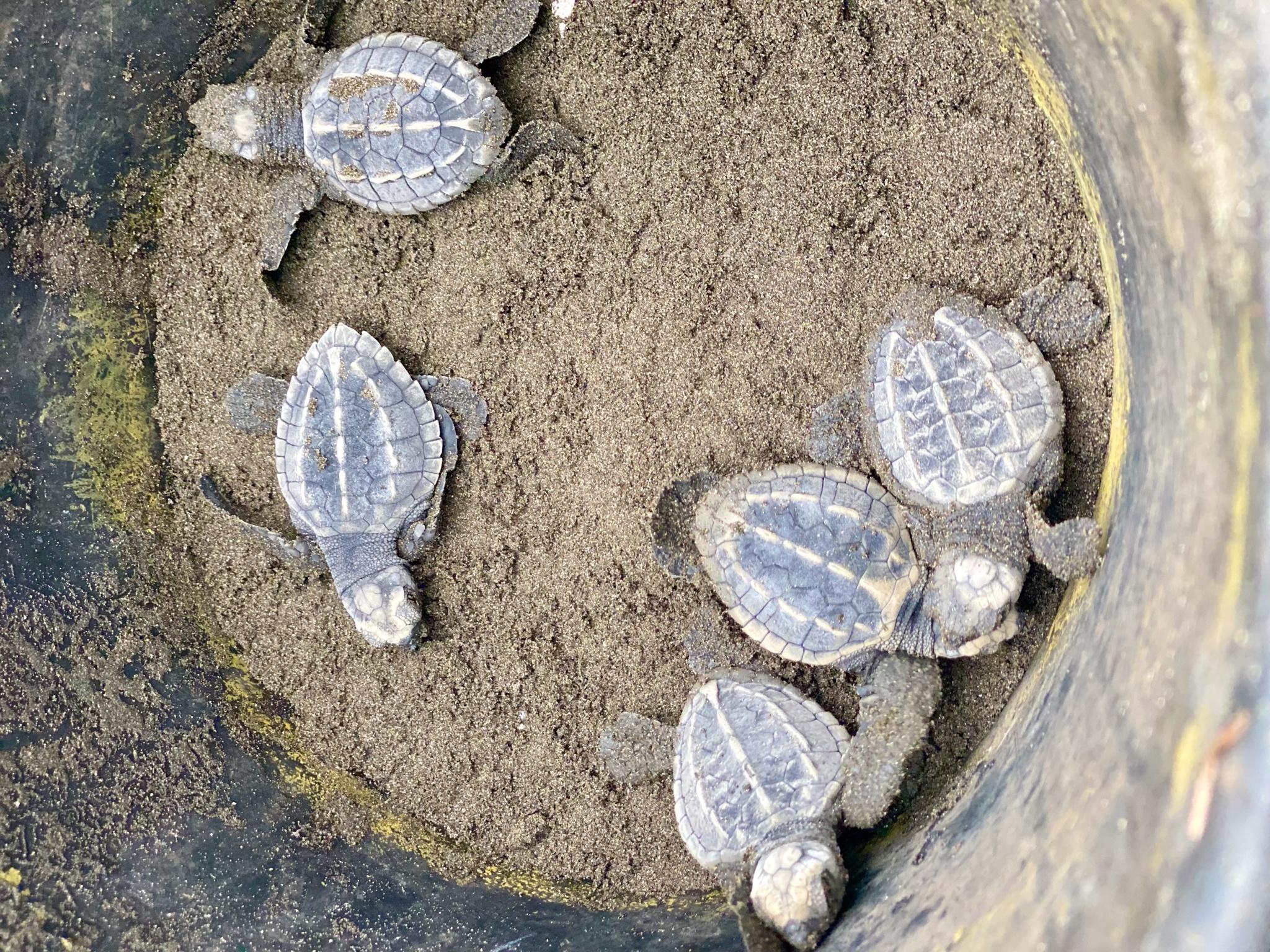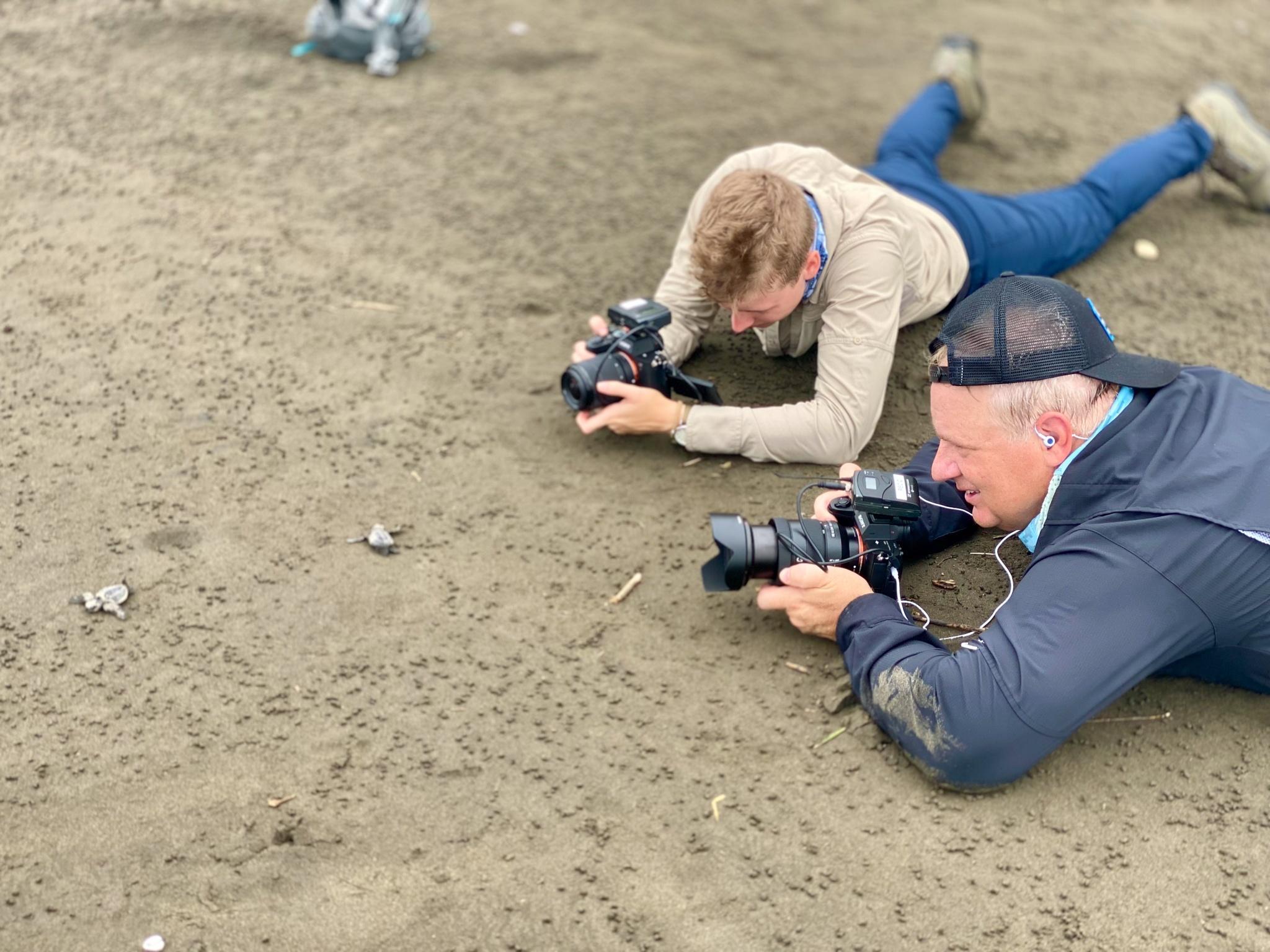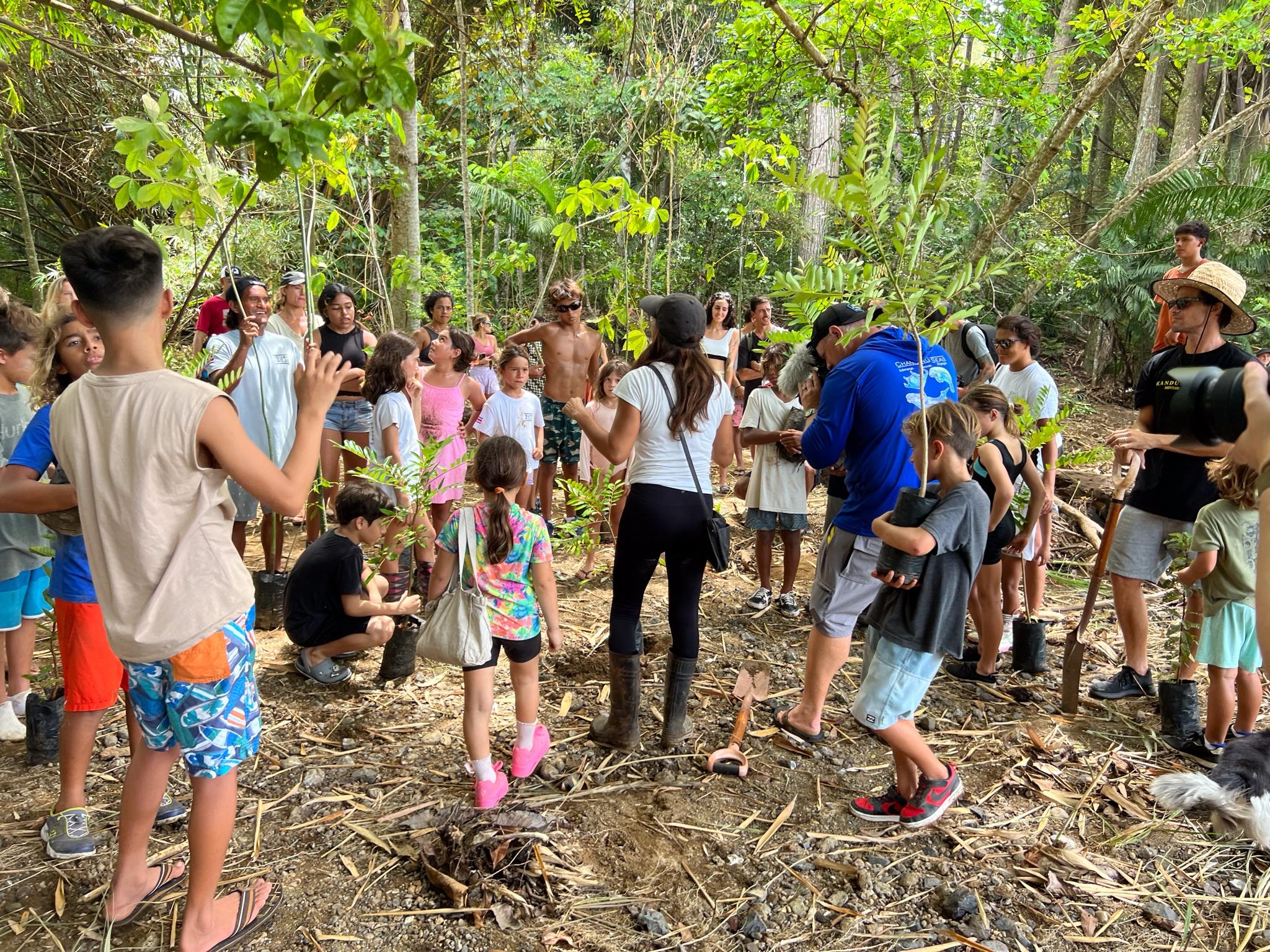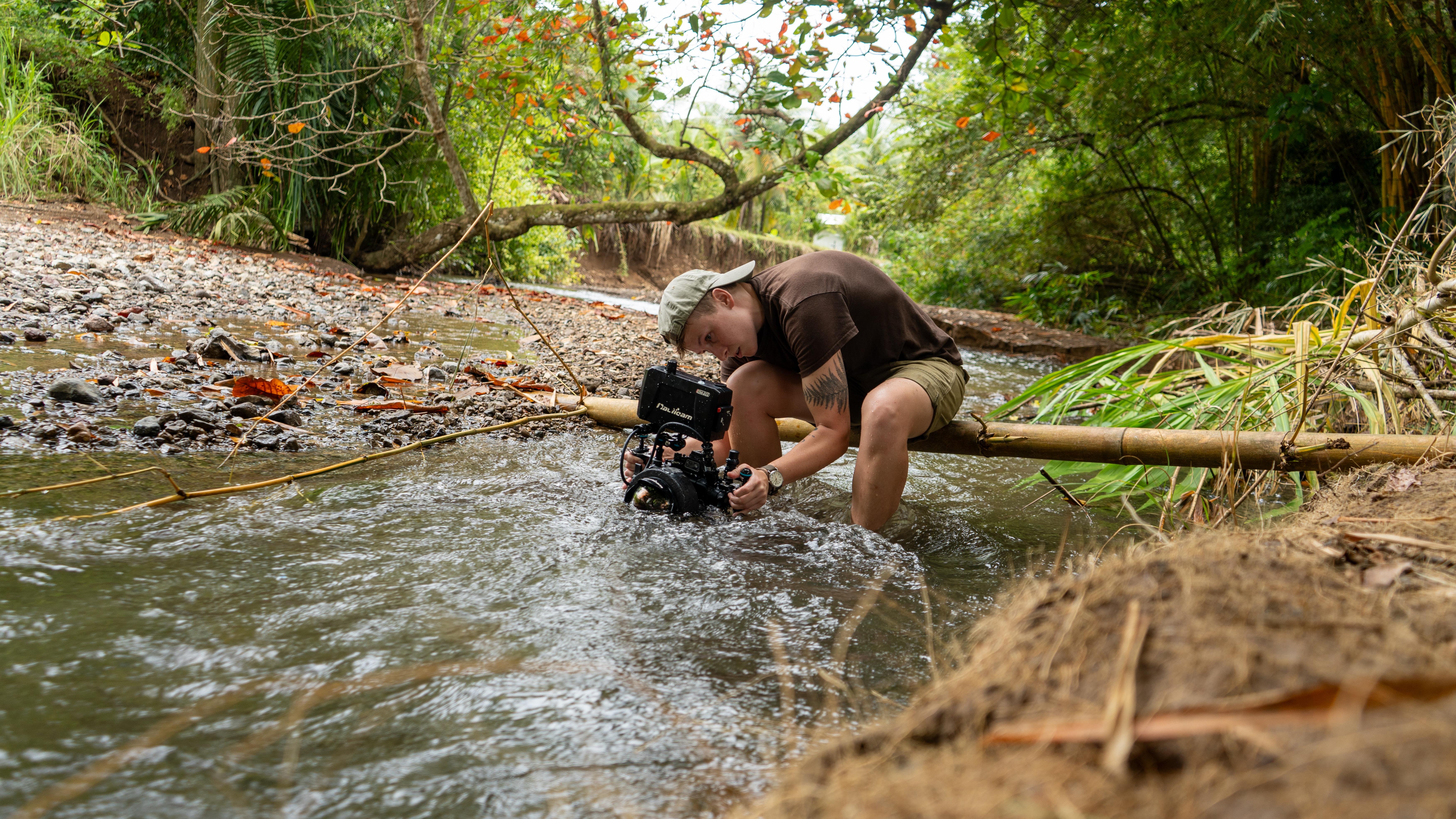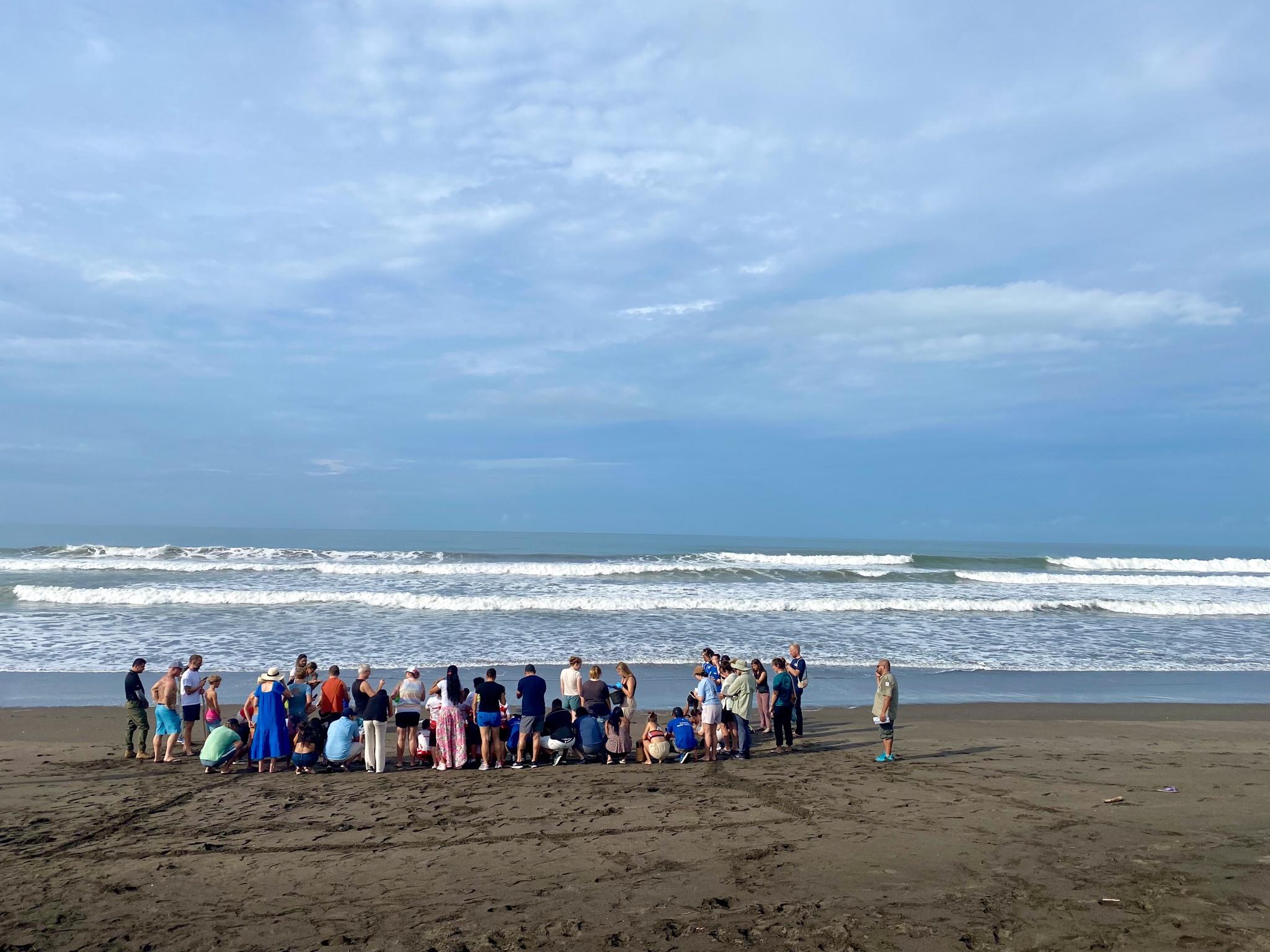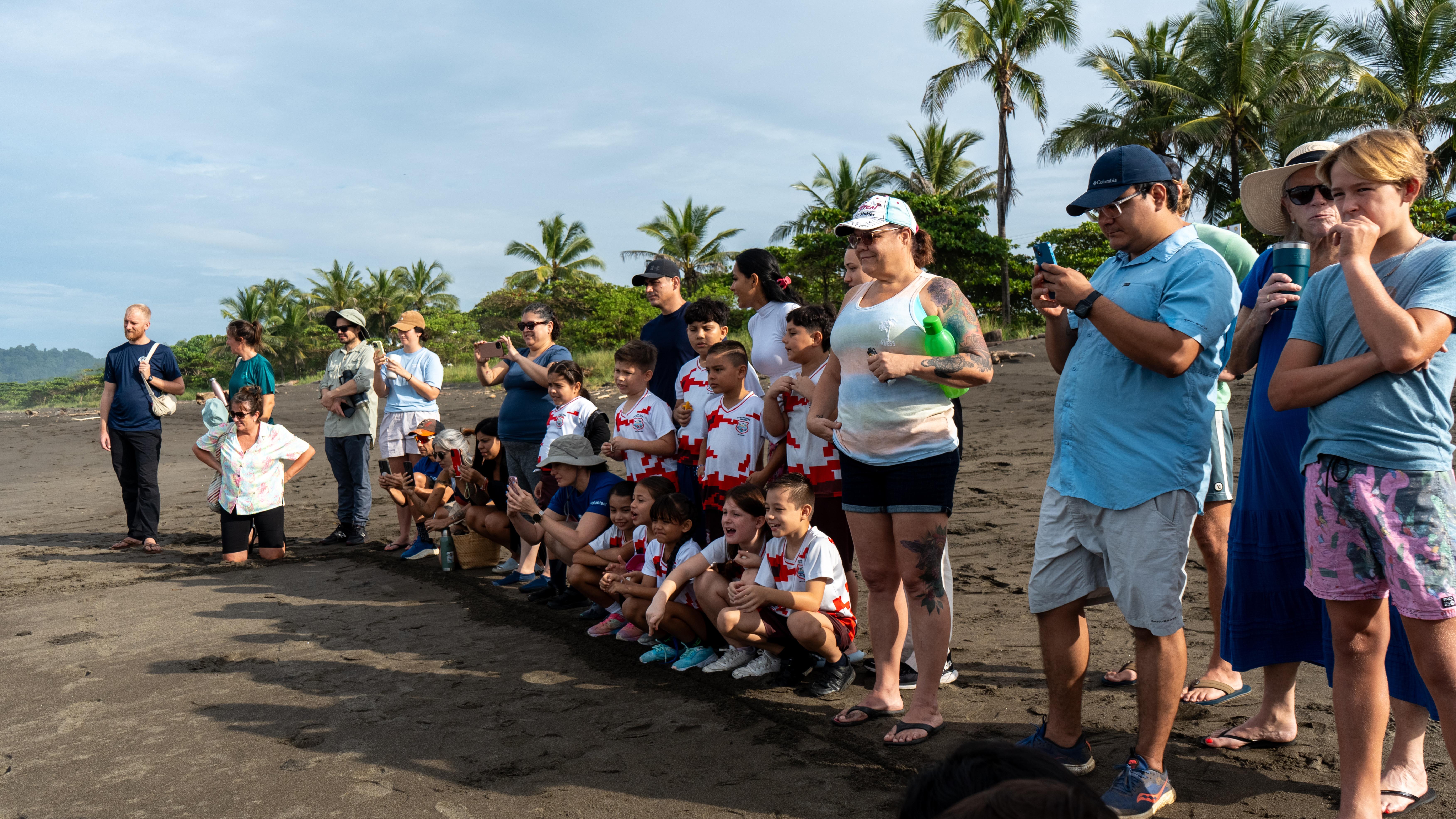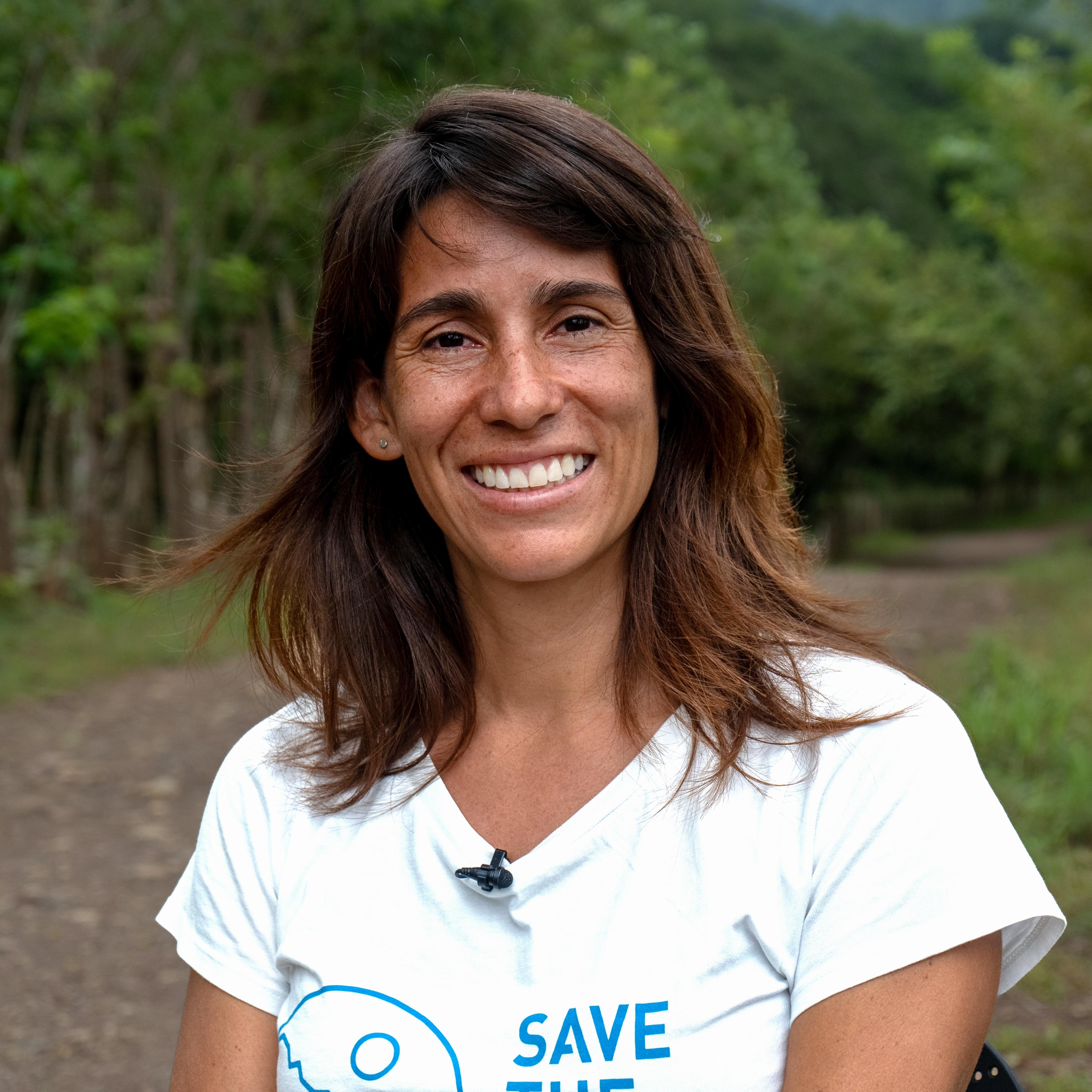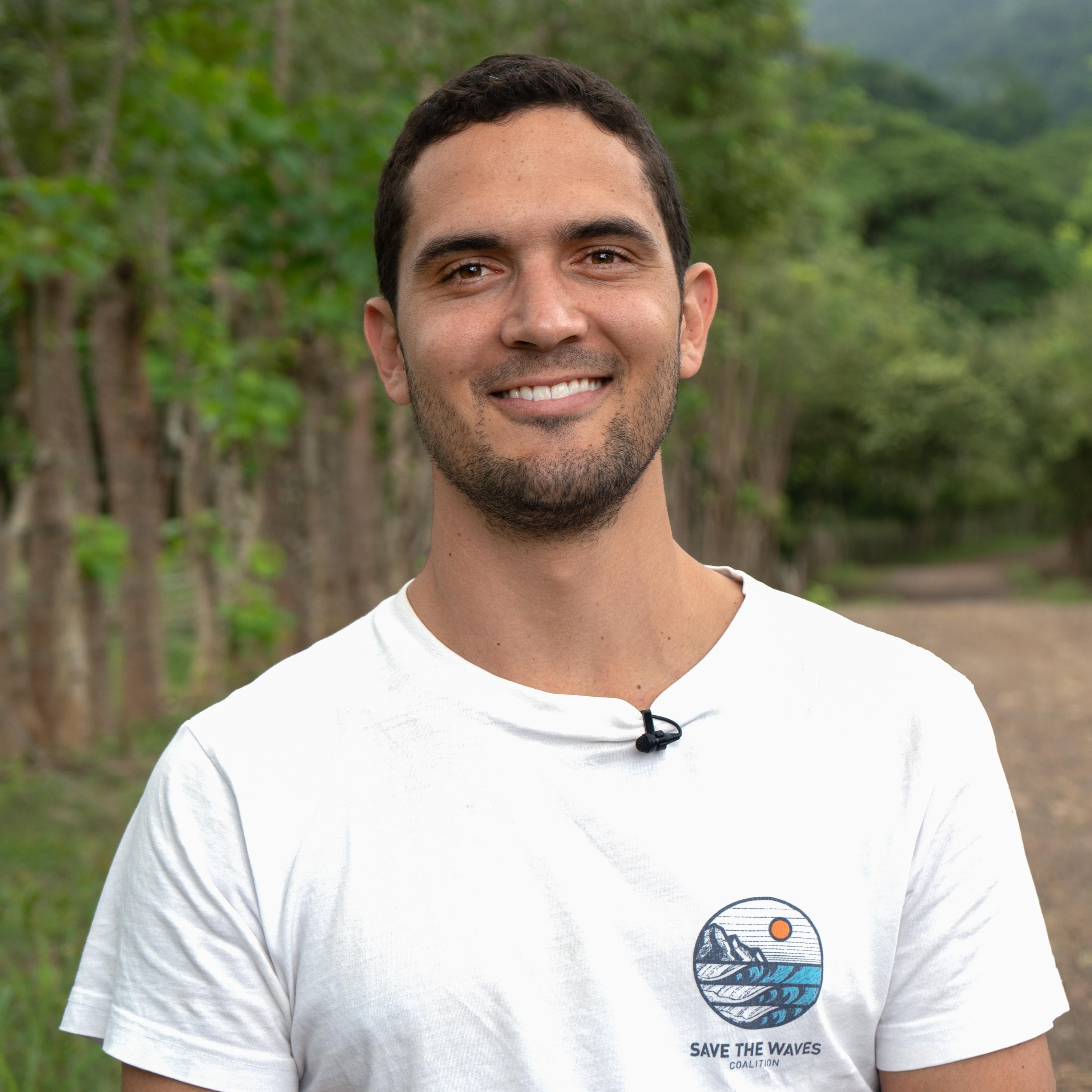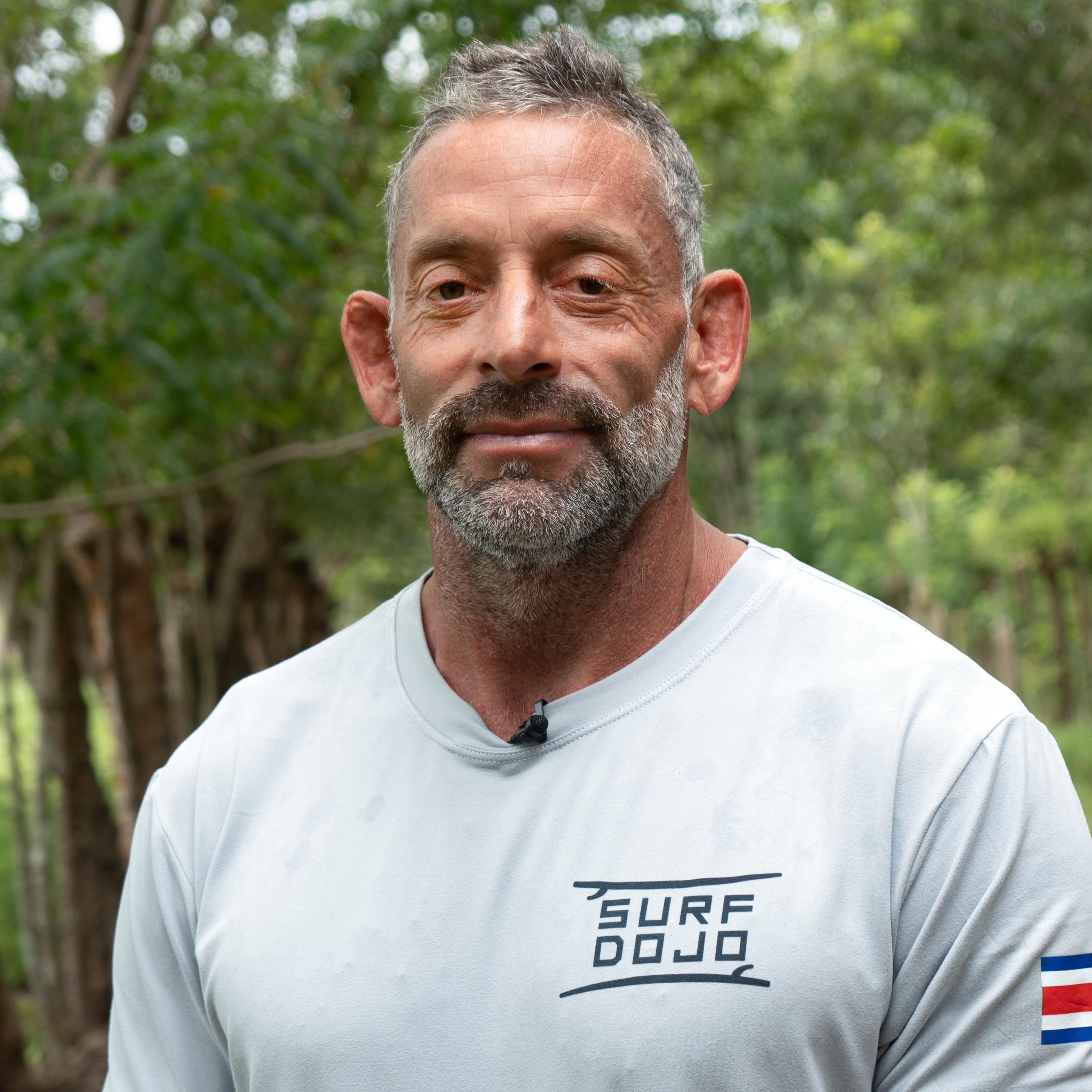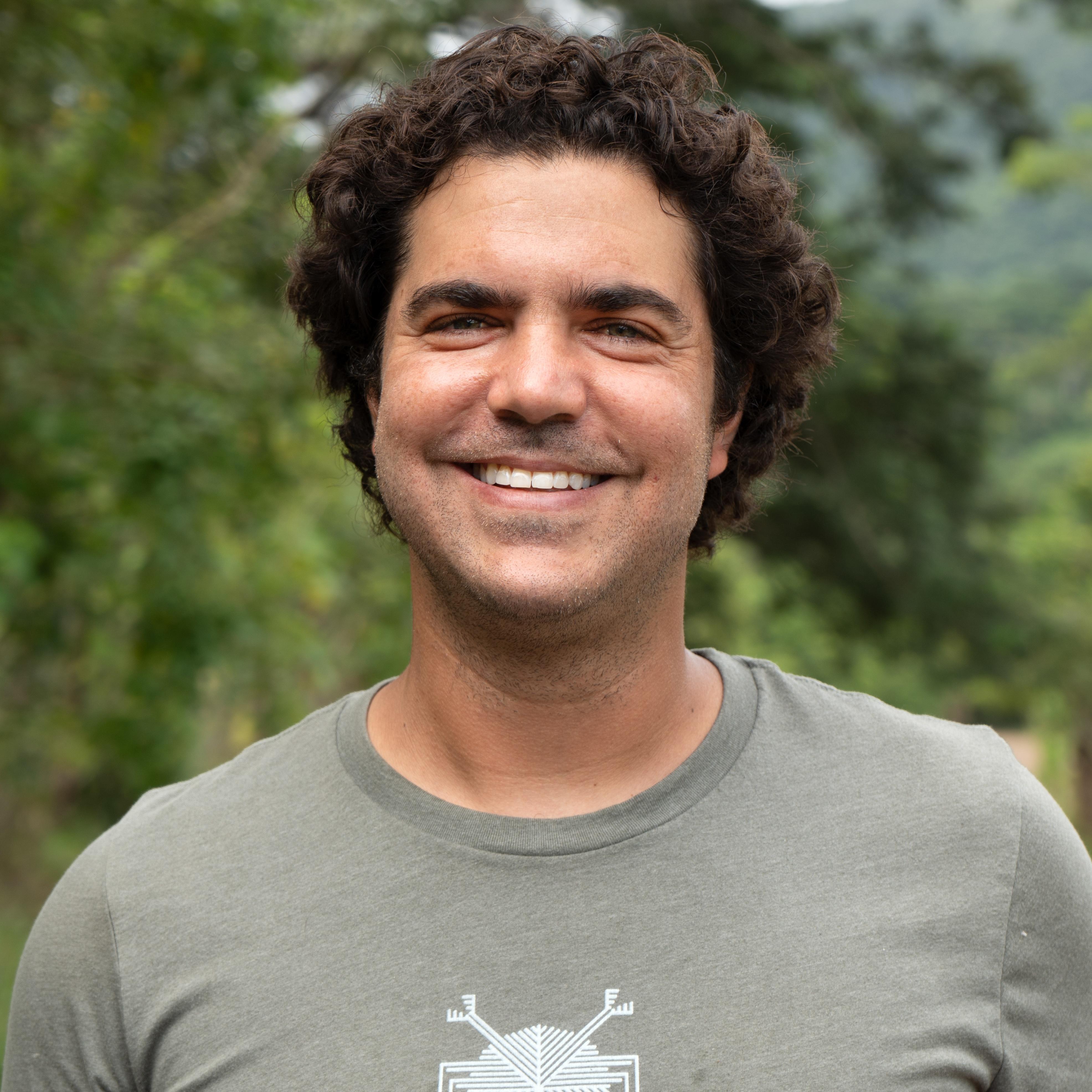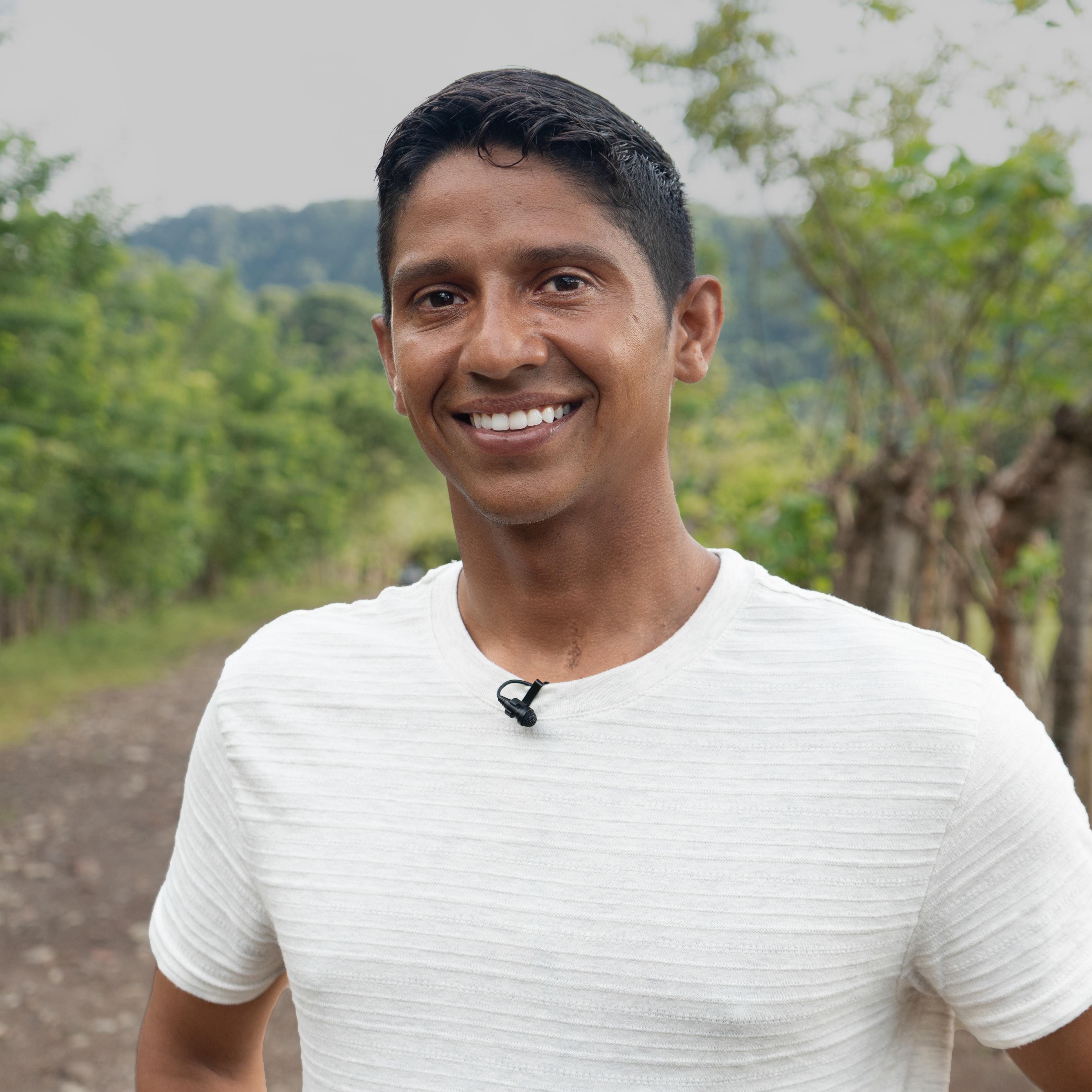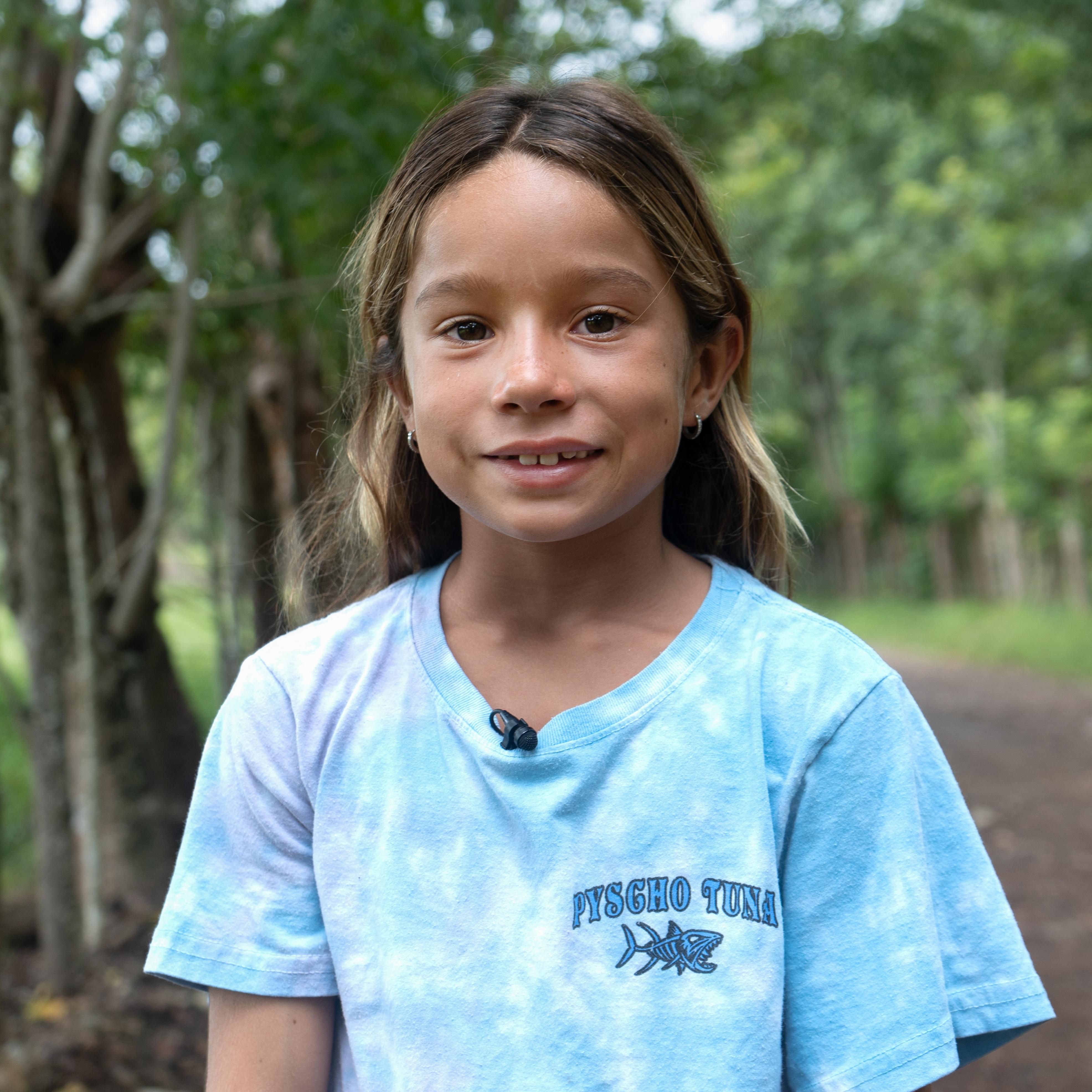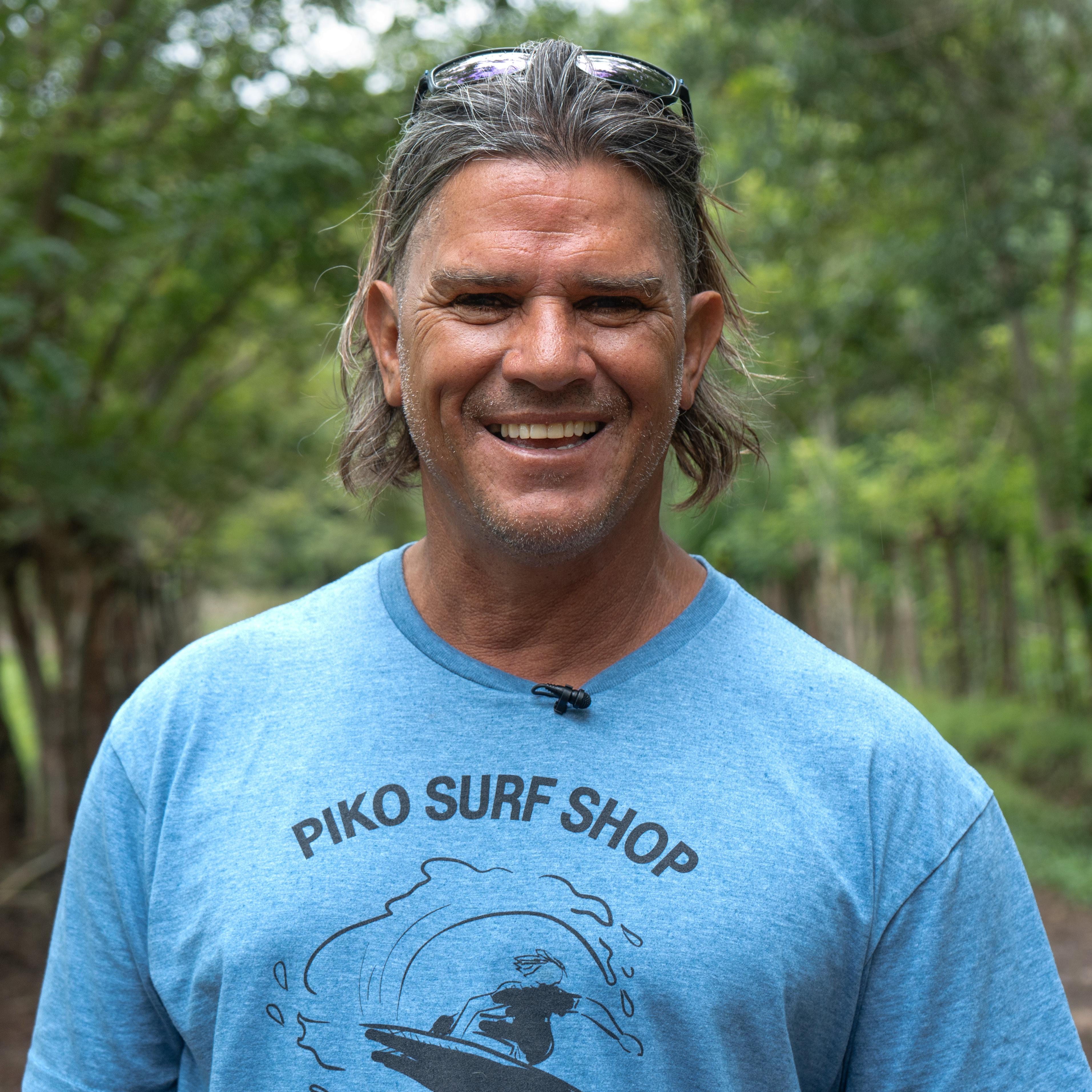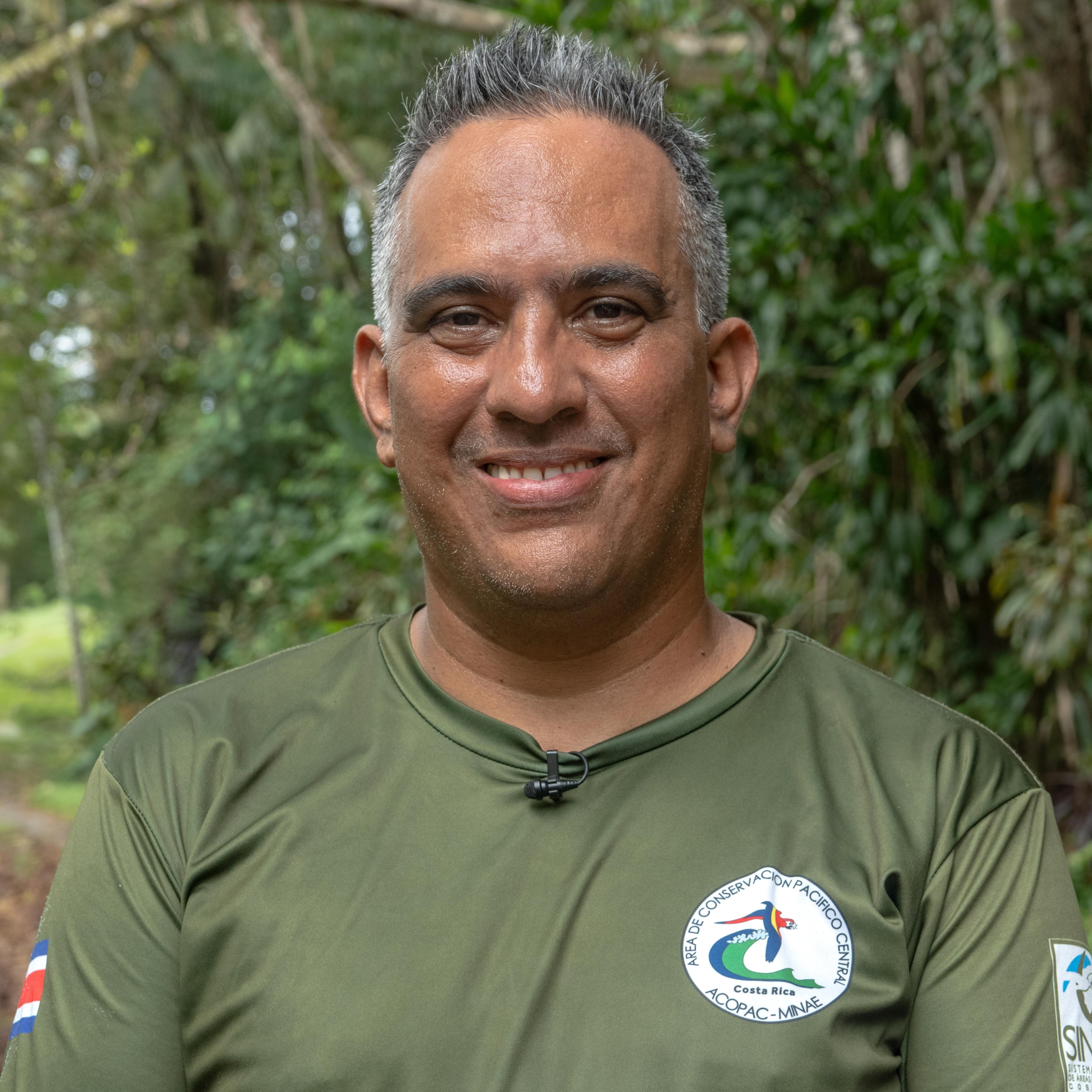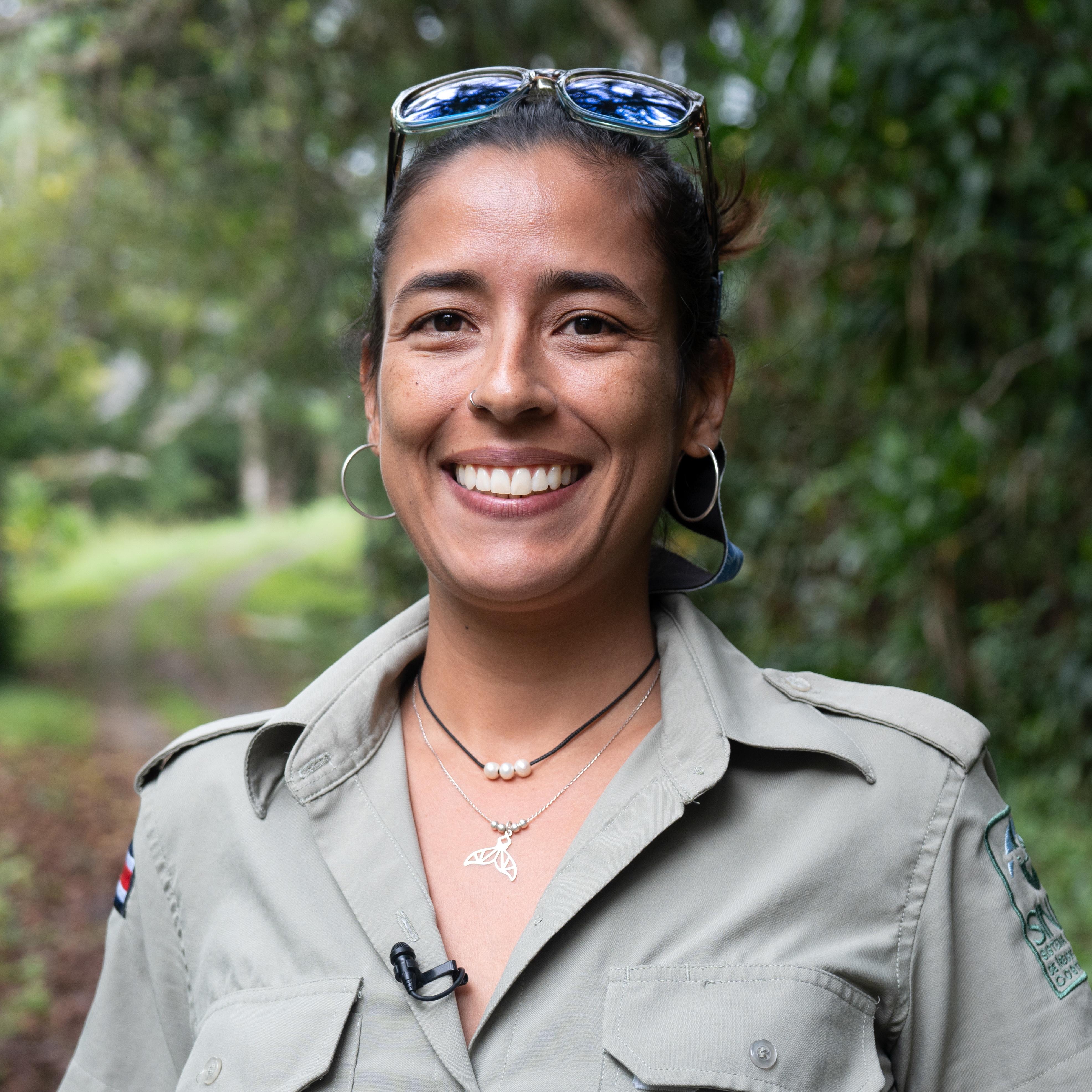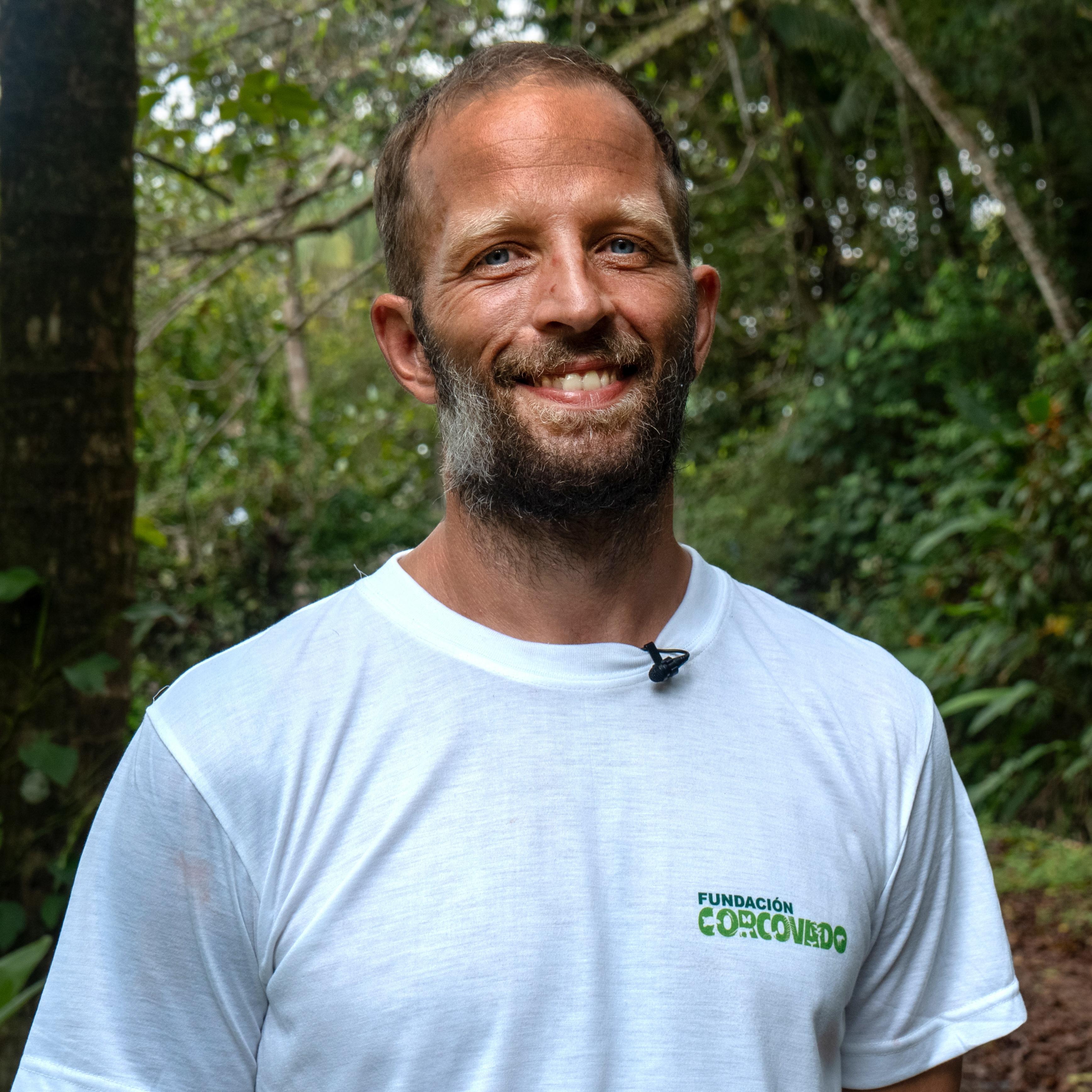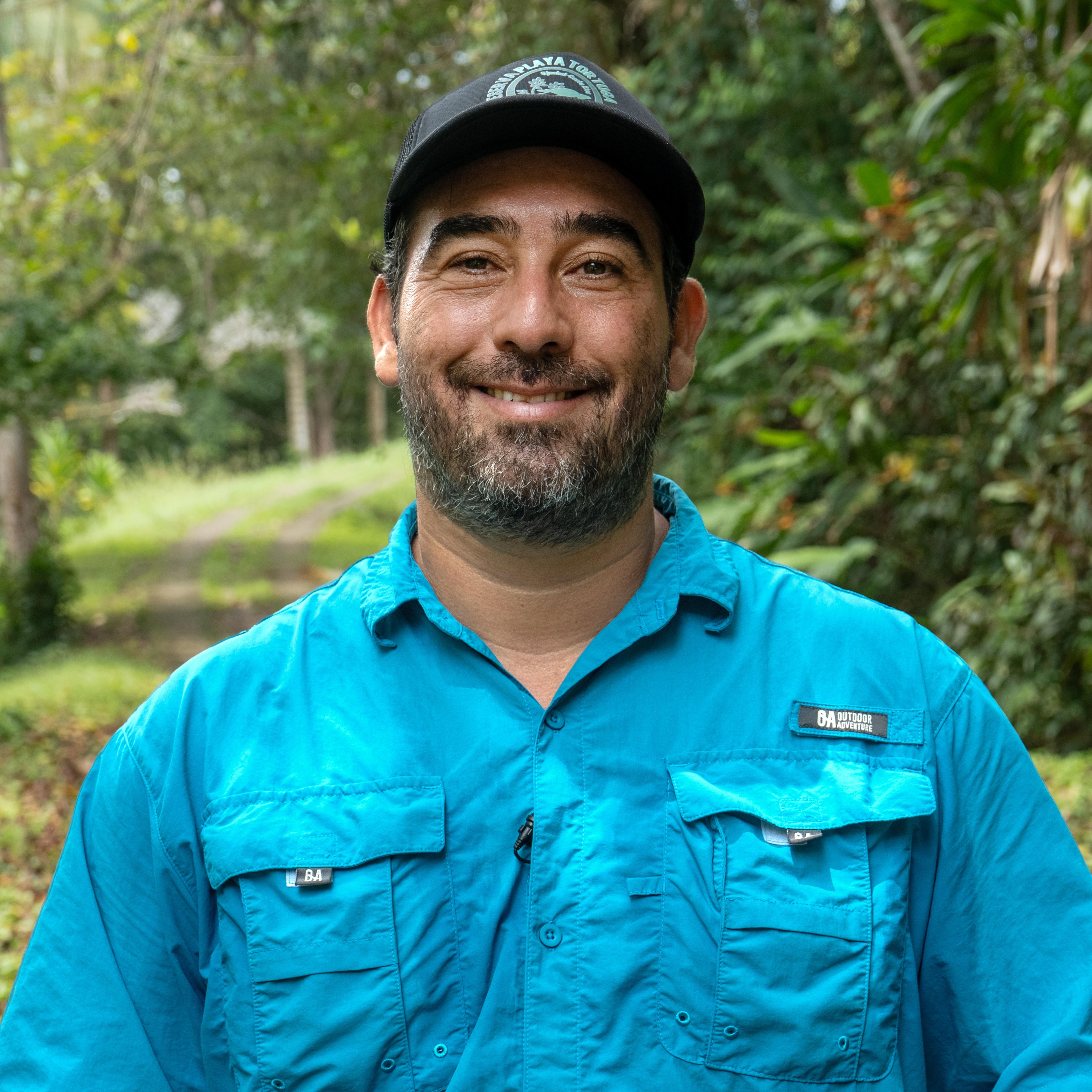Episode Photos
Playa Hermosa is an ecologically diverse surf town nestled on Costa Rica’s Pacific coast.
The community is surrounded by wetlands, mangroves and estuaries that all contribute to sustaining the area's powerful waves.
This six kilometer stretch of beach is used as a training ground for experienced surfers.
While ideal practice sets for some, these gnarly waves can be life threatening for novice surfers and tourists.
Producer Liz Smith interviews Save the Waves Coalition’s Diego Sancho, only to be interrupted by a passing cow or squawking macaw.
The community began protecting sections of beach in the 90s, but sustainability advocate Laura Zumbado recognized a need to expand surf ecosystem protections.
To preserve the environment that shapes these world-class waves, locals invited international nonprofit Save the Waves to establish a World Surfing Reserve in Playa Hermosa, the first in Central America.
The establishment of the reserve is helping the community to work towards safeguarding their cherished waves for generations.
Laura's daughters watch as mom and Diego work with the Changing Seas crew.
Surf Videographer Nestor Rago uses his surf experience to anticipate his subject's movements.
Surfers are particularly connected to nature and are deeply invested in the health of their environment and its wildlife.
Playa Hermosa provides nesting grounds for the endangered olive ridley turtle.
Beach erosion and excess driftwood can inhibit space for these turtles to nest.
Due to predation and poaching, few hatchlings survive to adulthood.
Playa Hermosa-Punta Mala National Wildlife Refuge rangers and volunteers scan the beach for nests.
Videographer Nova West films turtle tracks. They indicate an entry and exit route to a nest.
When predators scavenged a nest, the experts can typically spot animal prints and remnants of eggshells. When poachers harvest the nest, the hole to extract the eggs is usually quite smooth, and visibly human made.
The rangers encounter a female laying eggs in a nest. Once she has returned to the sea, they will carefully transfer the eggs to the refuge's protected hatchery.
Though they would prefer not to intervene, experts have found that excavating nests and transporting them to a protected hatchery gives the turtles the best chance of survival.
The eggs are immediately reburied at the hatchery. Its plots are divided into quadrants that are organized by date of extraction and location of the original nest.
Every effort is taken to document accurate date, time and location of nest recovery so the hatchlings can be released in the same area they were found.
When it is time for a nest to hatch, the experts and volunteers collect all the hatchlings to be released.
Director of Photography Sean Hickey and Videographer Nova West get low to capture the ideal angle of these baby sea turtles making their journey to the ocean.
Save the Waves Coalition’s Laura Zumbado instructs students on how to plant young trees for a community conservation project in partnership with Costas Verdes and the Surf Dojo.
This area was selected because it's the last patch of forest that connects the ocean with the Playa Hermosa mountains. It will serve as a model of how Playa Hermosa can be restored.
Videographer Nova West films the watershed that connects to the ocean, an essential piece of coastline that protects the coast from erosion and filters runoff.
The wildlife refuge hosts events, such as sea turtle releases, to inspire community engagement.
Organizers hope that by engaging the town's youngest wildlife stewards, they will foster a long-term sustainable future for Playa Hermosa.
